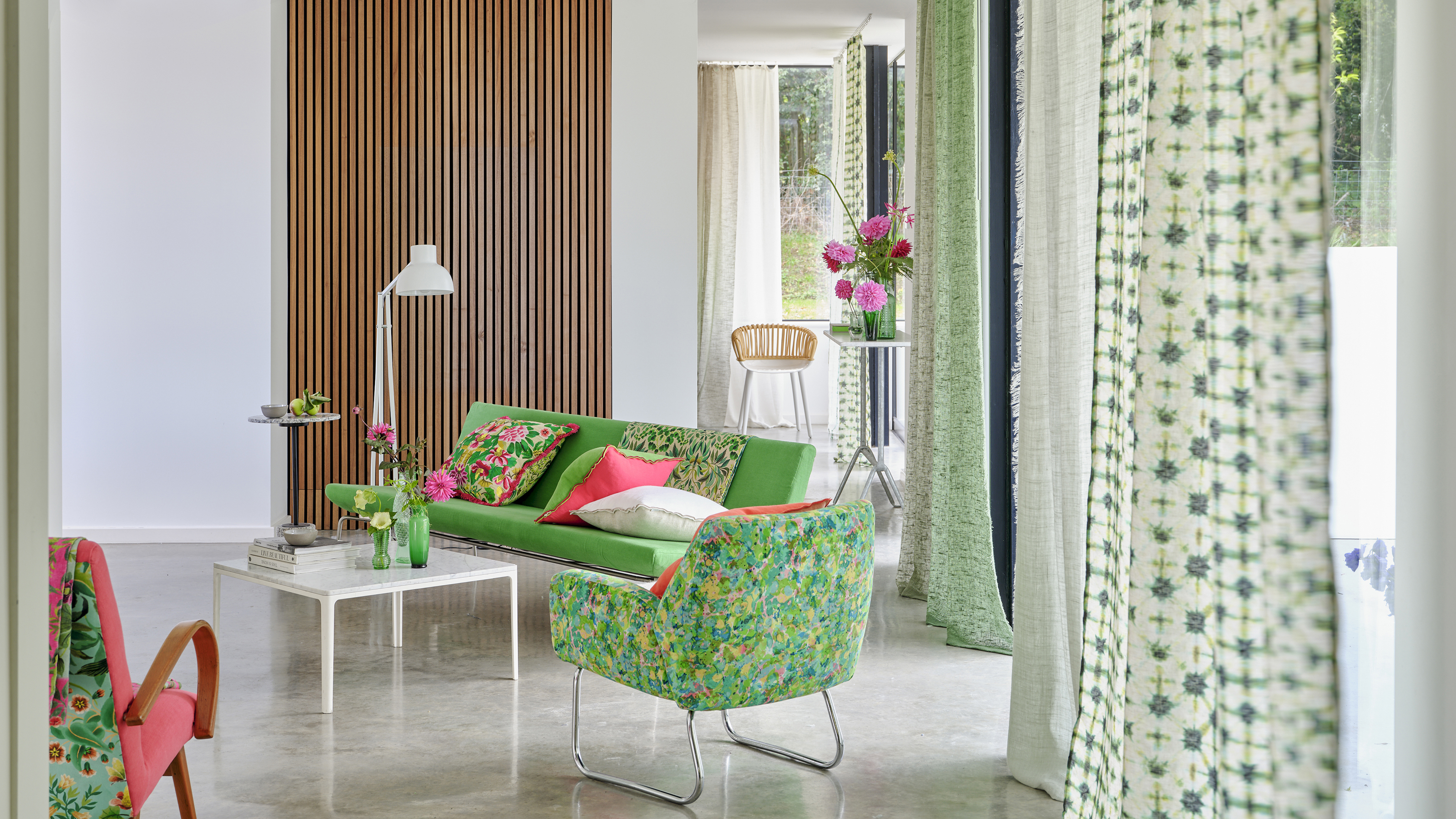
- 1. Good mindset
- 2. Set goals
- 3. Set a timer
- 4. Have the end in mind
- 5. Start small
- 6. Take everything out
- 7. Clean it too
- 8. Start with low-hanging fruit
- 9. Clear visible surfaces
- 10. Categorize in groups
- 11. Discard expired items
- 12. Keep essentials
- 13. Ask hard questions
- 14. Tackle keepsakes last
- 15. Find a home for everything
- 16. Identify prime areas
- 17. Determine spatial zip codes
- 18. Get rid of kitchen gadgets
- 19. Make everything visible
- 20. Get drawer dividers
- 21. Put a limit
- 22. Edit display items
- 23. Get clever storage
- 24. Use vertical space
- 25. Utilize dead cupboard space
- 26. Label everything
- 27. File fold items
- 28. Accessorize smartly
- 29. Use the one in one out rule
- 30. Keep at it

Great tips on decluttering are more vital in a small space than any other as mess can build quickly here. The flipside (a good one) is compact spaces are easier to declutter than large ones as you simply have less stuff to get through.
We've spoken to organizing, decluttering, and style experts for house-wide tips on decluttering, ranging from which storage is worth investing in, how to create 'families' of items, and even when to tackle decluttering sentimental items.
This guide will help you learn how declutter your home, with 30 awesome tips that are not only smart, but easy to implement across multiple rooms and storage spaces across your home, too.
30 tips on decluttering from the experts
Our experts demystify decluttering with easy-to-follow tips and small space organization ideas. When space is at a premium, you want to be sure that every inch of your home has a clear purpose, and that every item deserves to be there and with this guide, you're sure to nail it.
We've also curated carefully selected products to shop to help you implement the expert advice, and only include products with at least 4.5 stars out of 5, as indicated by shoppers who've bought the items from the retailers included.
1. Good mindset
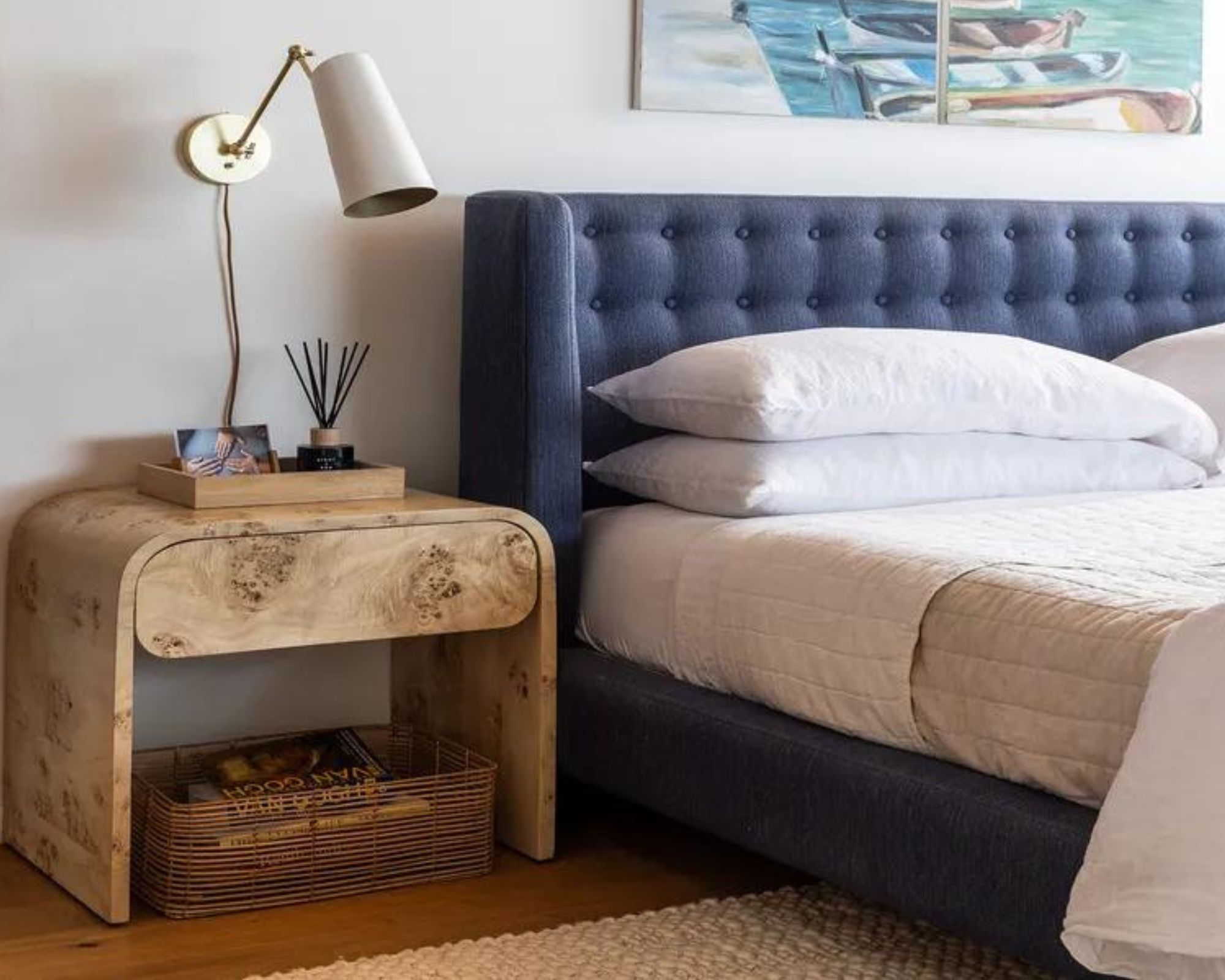
This tip applies whether you're decluttering a small apartment or a much bigger space. To maximize your chances of decluttering success, take a moment to get in the right mindset.
Marcia Sloman of Under Control Organizing explains that getting into the right headspace for decluttering will help you avoid overwhelm.
"If music inspires you, turn on something upbeat but not distracting," she says. "Whatever room you’re ready to declutter, visualize your intended result and work toward achieving that result."

Marcia Sloman has been a professional organizer in Westchester County, NY since 1992. She specializes in the management of stuff (paper, collections, time, and priorities), and in managing/maximizing limited spaces. Her mission is to ease the burden that our possessions place on us when they become out of control, and to help you find happiness in your space.
2. Set goals
Before you start decluttering, it's a good idea to set some goals. "Clarify what you want your home to represent for you and your family," says professional organizer of Thee Tailored Life, Ashley Hines. "Whether it's about leading a healthier lifestyle, saving time, or reducing expenses, having a solid and personal 'why' empowers and helps you stay focused."
If you don't live alone, involving the people who live with you in your decluttering mission may help you set and achieve realistic goals, and with keeping your newly decluttered space from quickly descending into its prior state.
Having more eyes on the goal will also help you pick up the warning signs it's time to declutter your home before it gets overwhelming.
"Involving other household members is essential for accountability, receiving support, and fostering a shared vision," says Ashley.
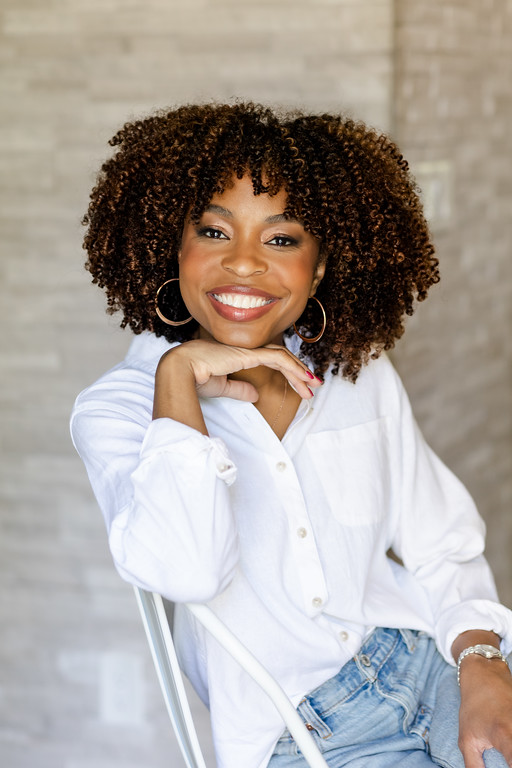
Ashley Hines founded Thee Tailored Life in December 2020 amidst the challenges of the pandemic, when she realized living an organized life is a form of self-care. Ashley has spent over 700 in-person hours helping clients achieve peace, including a dozen extensive jewelry organization projects. She has been featured in Apartment Therapy, The Spruce, Good Housekeeping, Real Simple, New York Times Wirecutter and the Wall Street Journal. Ashley is also a member of Black Girls Who Organize, the Institute for Challenging Disorganization, and the National Association of Black Professional Organizers.
3. Set a timer
To avoid getting bogged down by the task ahead of you, break down the task into manageable chunks and start with one room, focusing on how to declutter a small living room first, for example.
"Select a space to declutter and set a timer for 20 minutes," advises Marcia. "How much did you declutter in 20 minutes? Can you go longer? Remember to set aside 'put-away-time' after all of your items are sorted out and ready to be placed in their new homes."
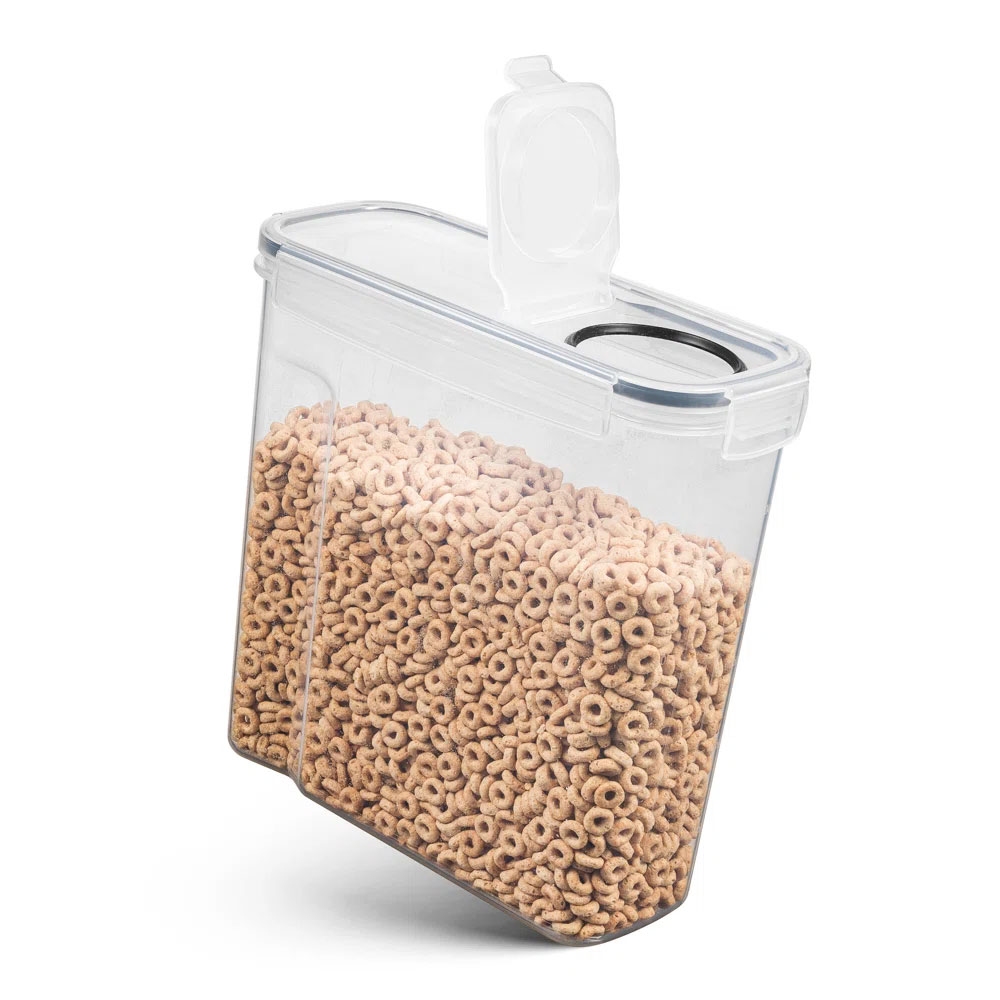
Material: Plastic
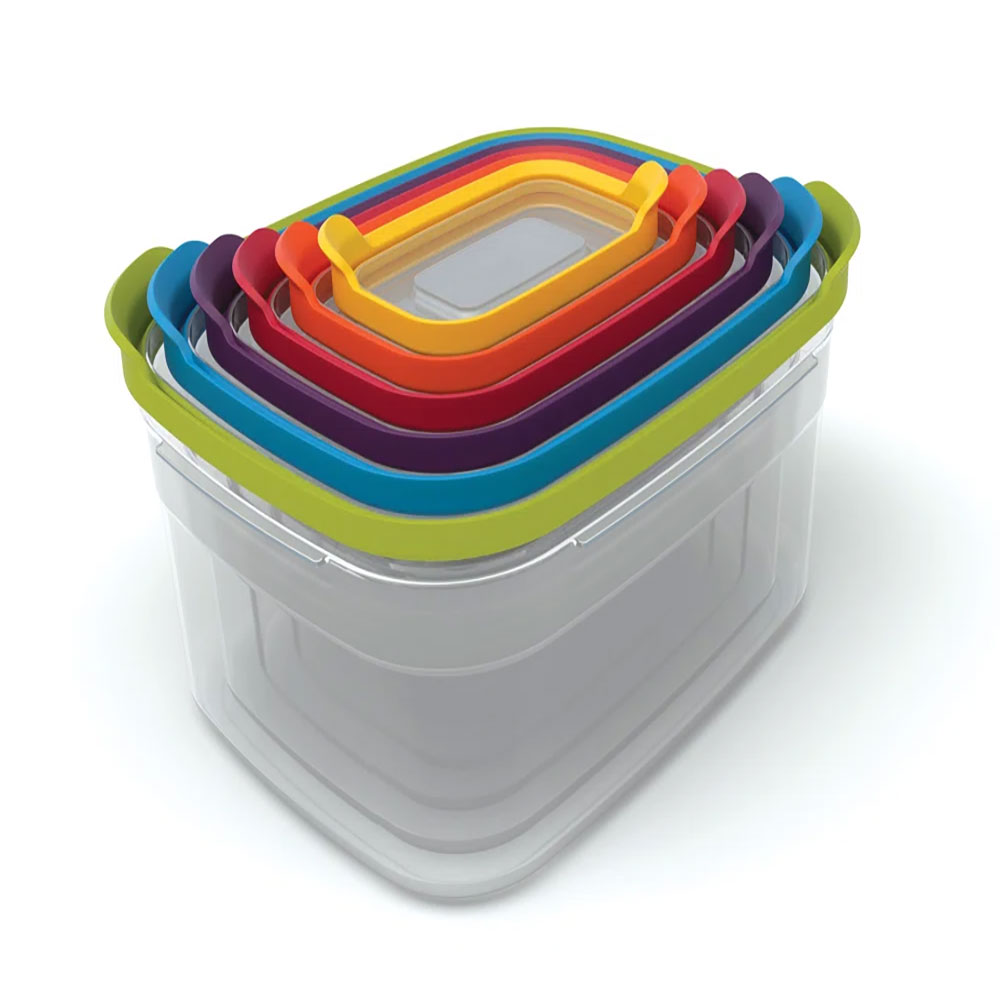
Size (in): H5.5 x W10.5 x D8
Material: Plastic
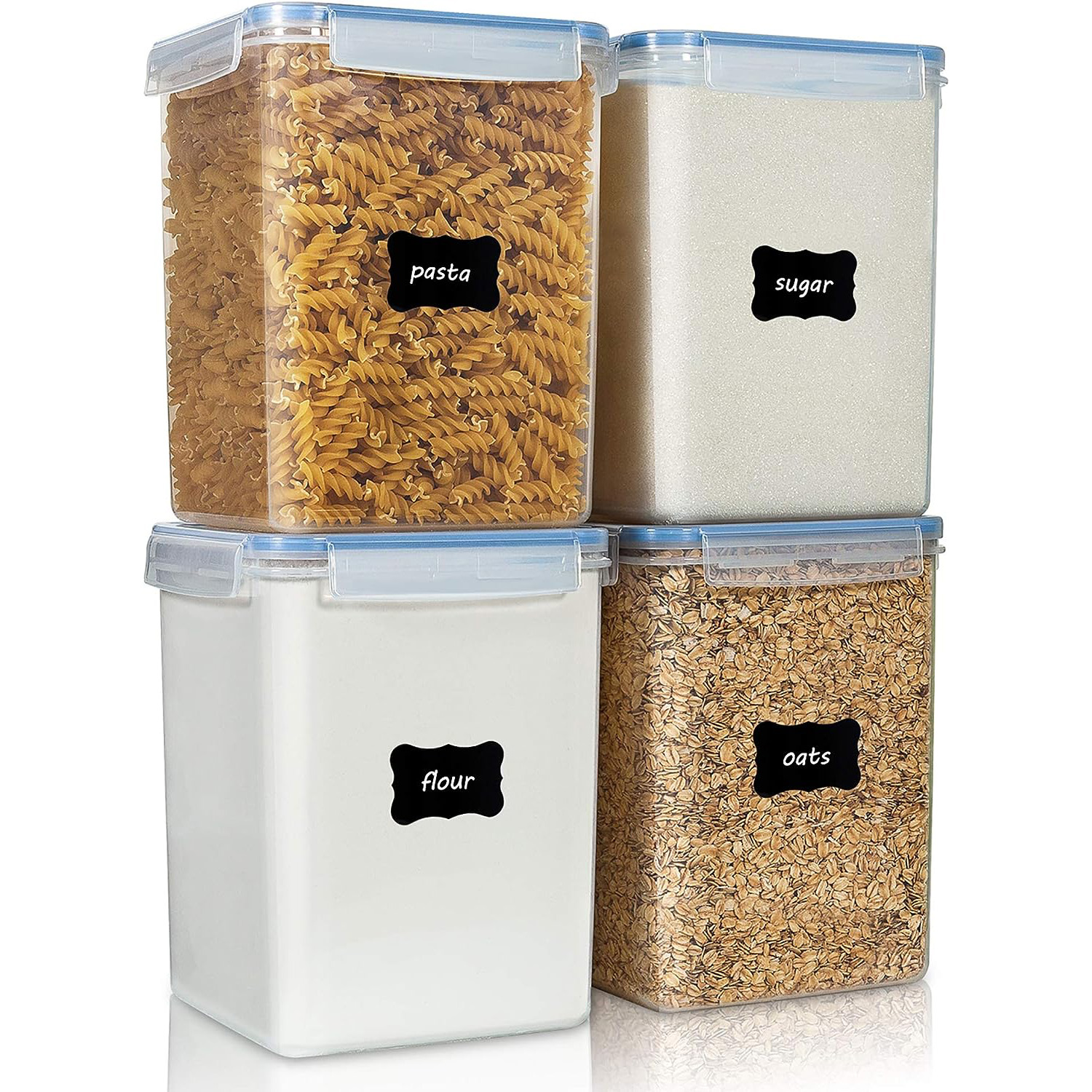
Size (in): H9.1 x W7.5 x D7.5
Material: Plastic
4. Have the end in mind
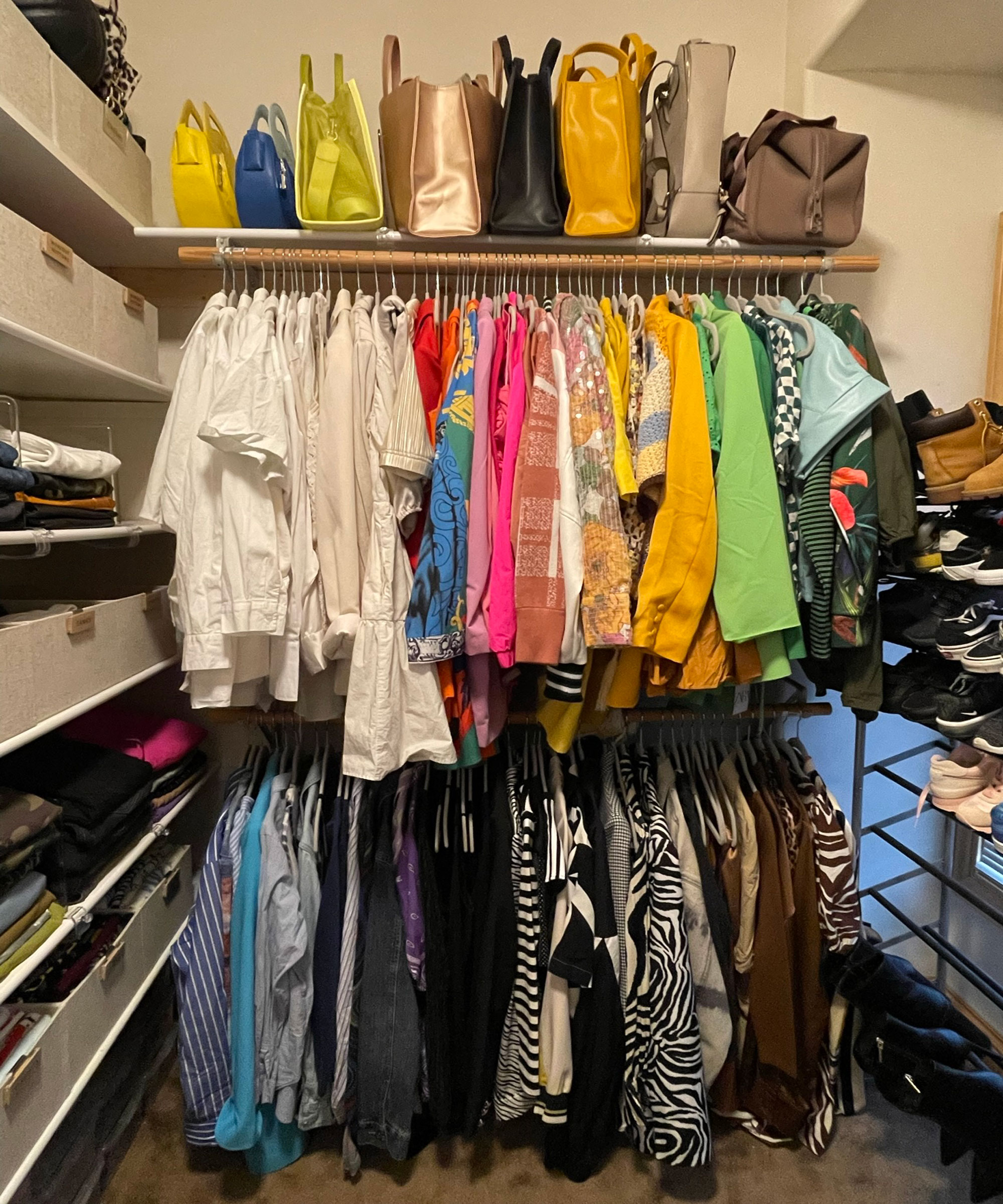
Before you start throwing things away, it's a good idea to have a plan for where items you no longer need will go, Ashley advises. You may decide to donate unwanted items for example, or resell luxury goods.
Use strong trash bags to keep your items separate, or put some good storage baskets into play such as this Best Choice Products multipurpose seagrass set of four organizers from Target.
"Knowing that your belongings will benefit others or support your family values can make it easier to part with them," explains Ashley.
5. Start small
"Even with a small space, tackle one area at a time, and start with an easier area," advises Janet Bernstein, professional organizer and owner of The Organizing Professionals.
Janet recommends starting by decluttering kitchen drawers or organizing a bathroom cabinet. "This will give you a feeling of accomplishment and encourage you to continue," she says.
Founder of Making Space Organization, Katie Riedel, agrees. "Creating small victories with areas that are less intimidating builds the foundation and the momentum to tackle more difficult places," she says. Starting with a larger room first often ends "in frustration and failure", she adds.

Janet Bernstein is a certified professional organizer and owner of The Organizing Professionals, Philadelphia's largest team of professional organizers and move managers. Janet is a Certified Professional Organizer, (CPO) a Golden Circle member of the National Association of Productivity and Organizing Professionals (NAPO), a member of The National Association of Senior and Specialty Move Managers, and a member of the Institute for Challenging Disorganization.
6. Take everything out
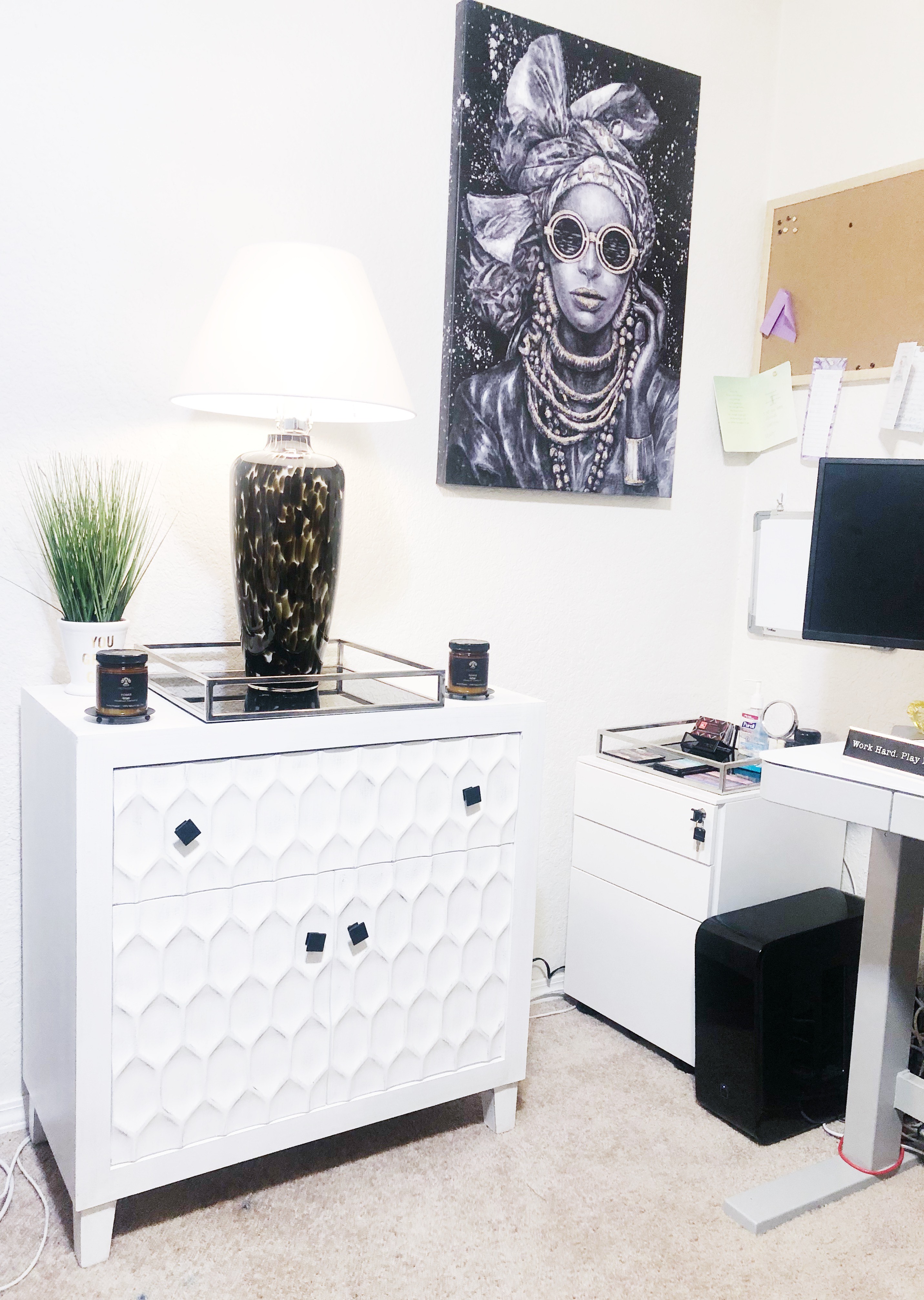
One way to ensure you don't miss anything while decluttering your home, is to take everything out of its normal space. So if you're decluttering the bathroom, for example, take everything out of there and put it on the floor or bed in another room (use black bags such as Hefty ultra-strong multipurpose large trash bags from Amazon underneath your items to catch any spills).
"Whether you're doing your desk drawer, your closet, or organizing a nightstand, take everything out," says Rachel Winter, of Happy Home Organizers.
Once you've got everything out, "look at it with fresh eyes, and give it one purpose, whether that's housing holiday dishes, off-season clothing, or school paperwork," says Katie. "This avoids it becoming a catch-all and helps make long-term maintenance easier."
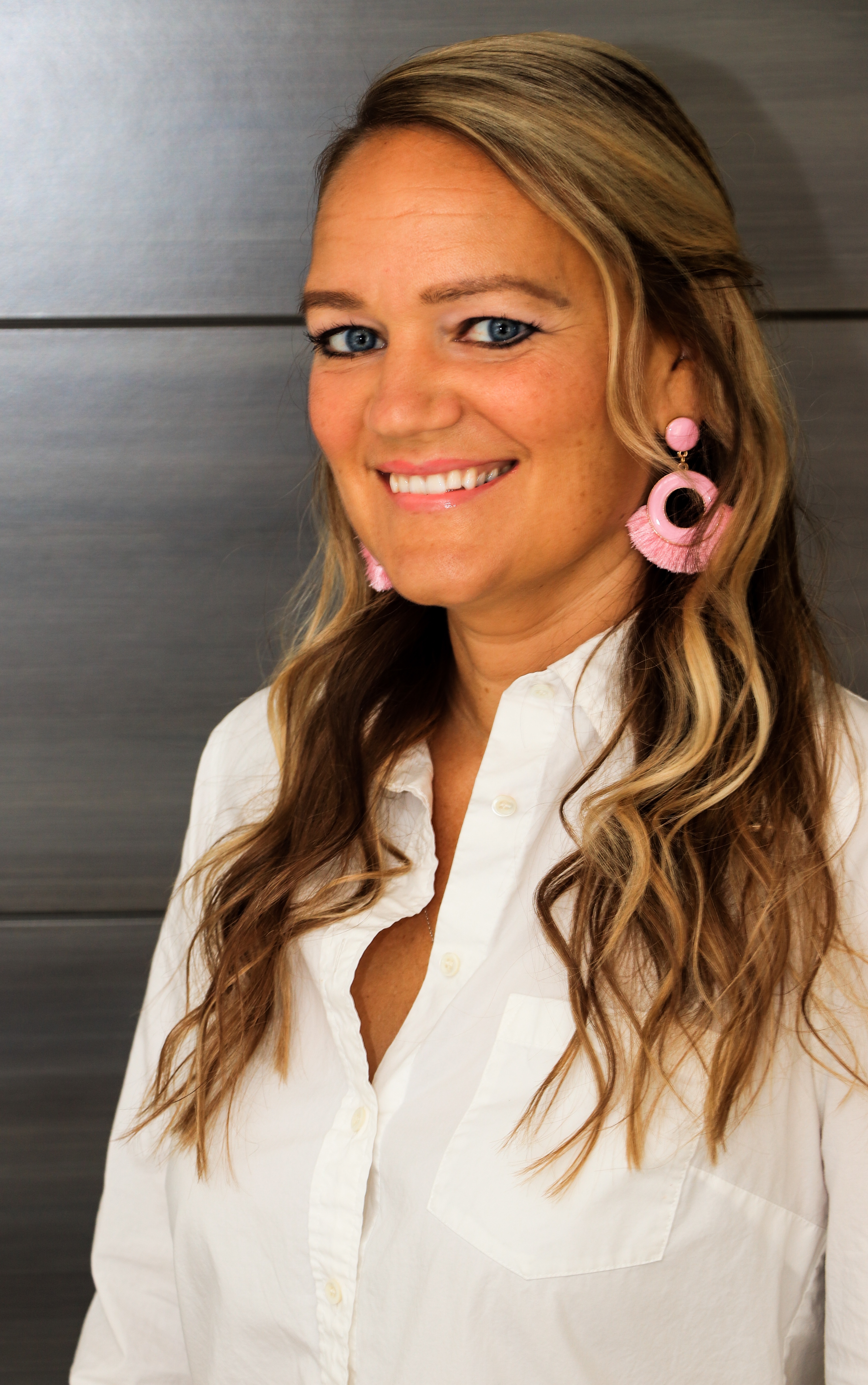
Katie Riedel is the founder of Making Space Organization, LLC, a professional organizing company based in West Michigan. She also publishes an organizing blog on her website.
7. Clean it too
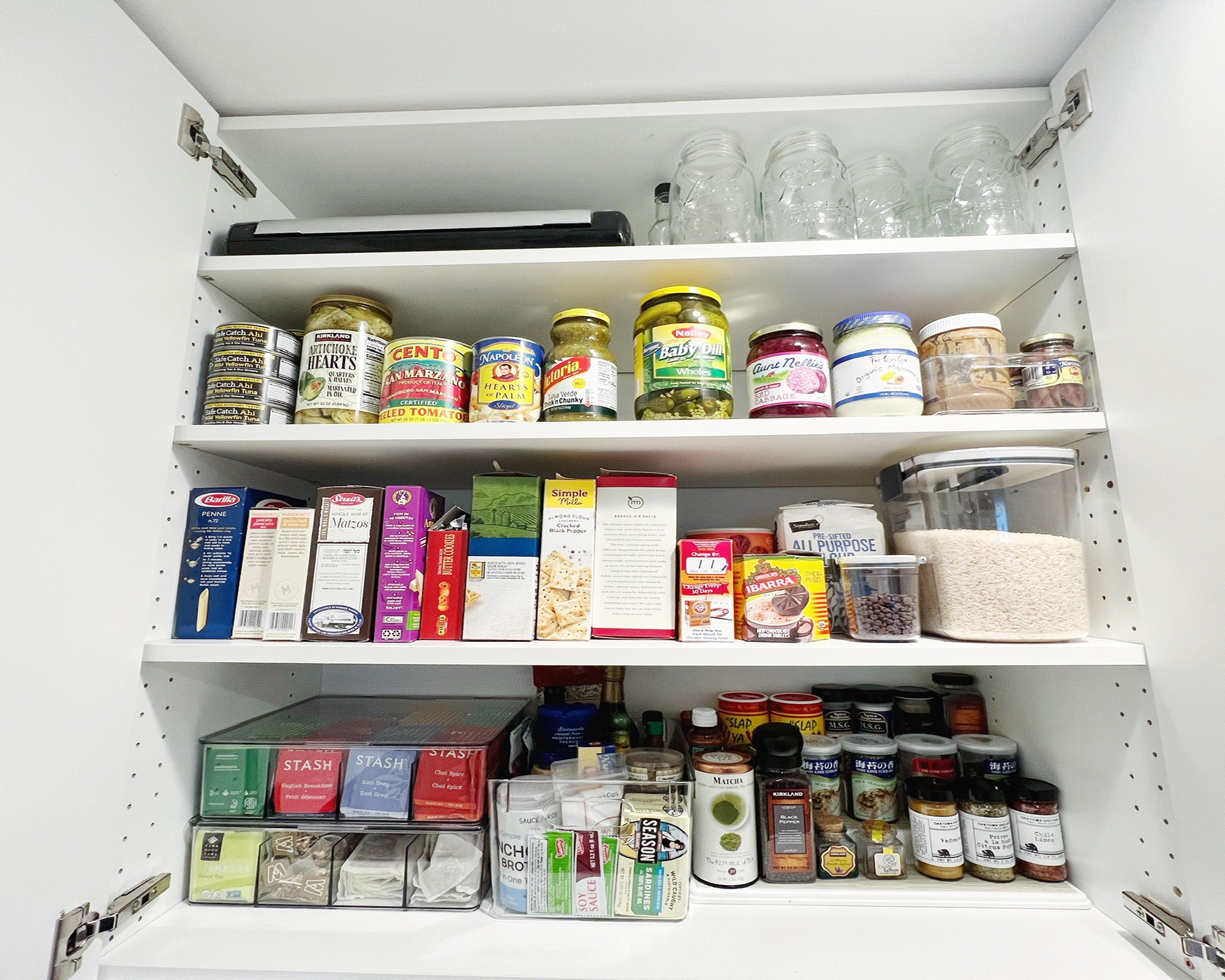
With everything out of its usual place, this is a great chance to clean, and reach those areas that are usually covered in clutter.
"Clean out the small space by wiping everything down (try the Clorox Scentiva bleach-free multipurpose cleaning spray from Walmart) and vacuuming and dusting," advises Shantae Duckworth, owner of Shantae-ize Your Space.
Once your lint-free microfiber cloth is ready for the laundry bin, make sure you know how to wash microfiber towels without ruining them.
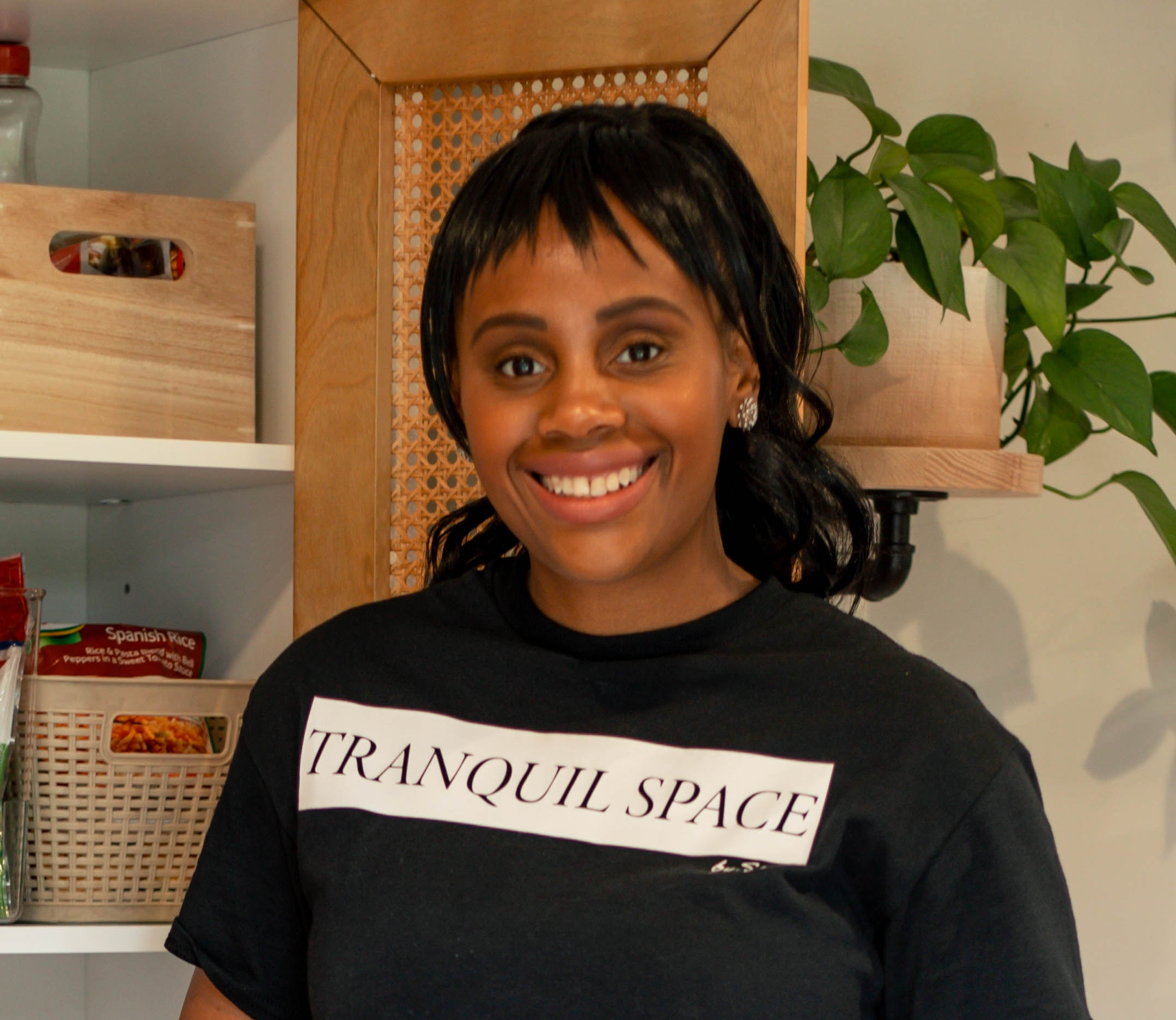
Shantae Duckworth is the owner of Shantae-ize Your Space. Her business launched May 2021 and specializes in decluttering, repurposing already owned items, and showing clients that they can get organized without spending any extra money.
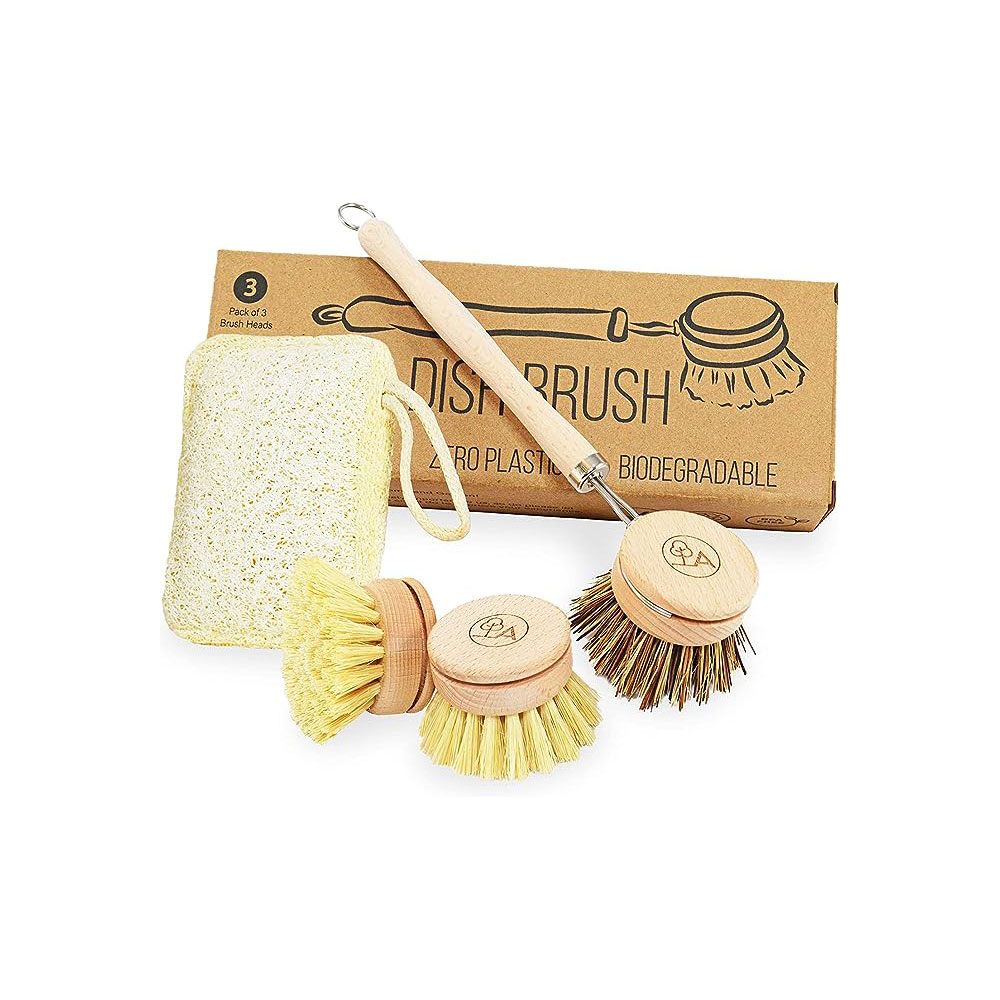
Size (in): H3.94 xW2.99 x L2.99
Material: Wood and natural fibres
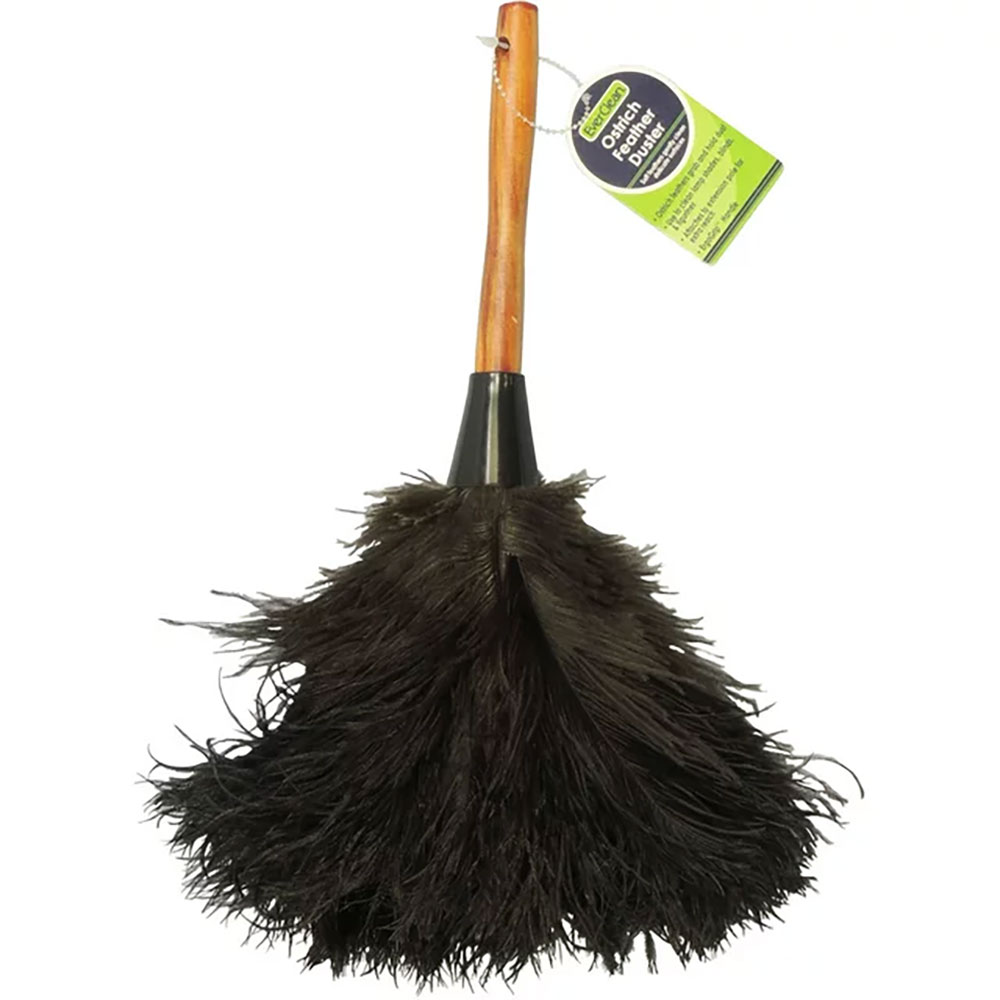
Size (in): H14 x W5 x D4
Material: Wood and feathers
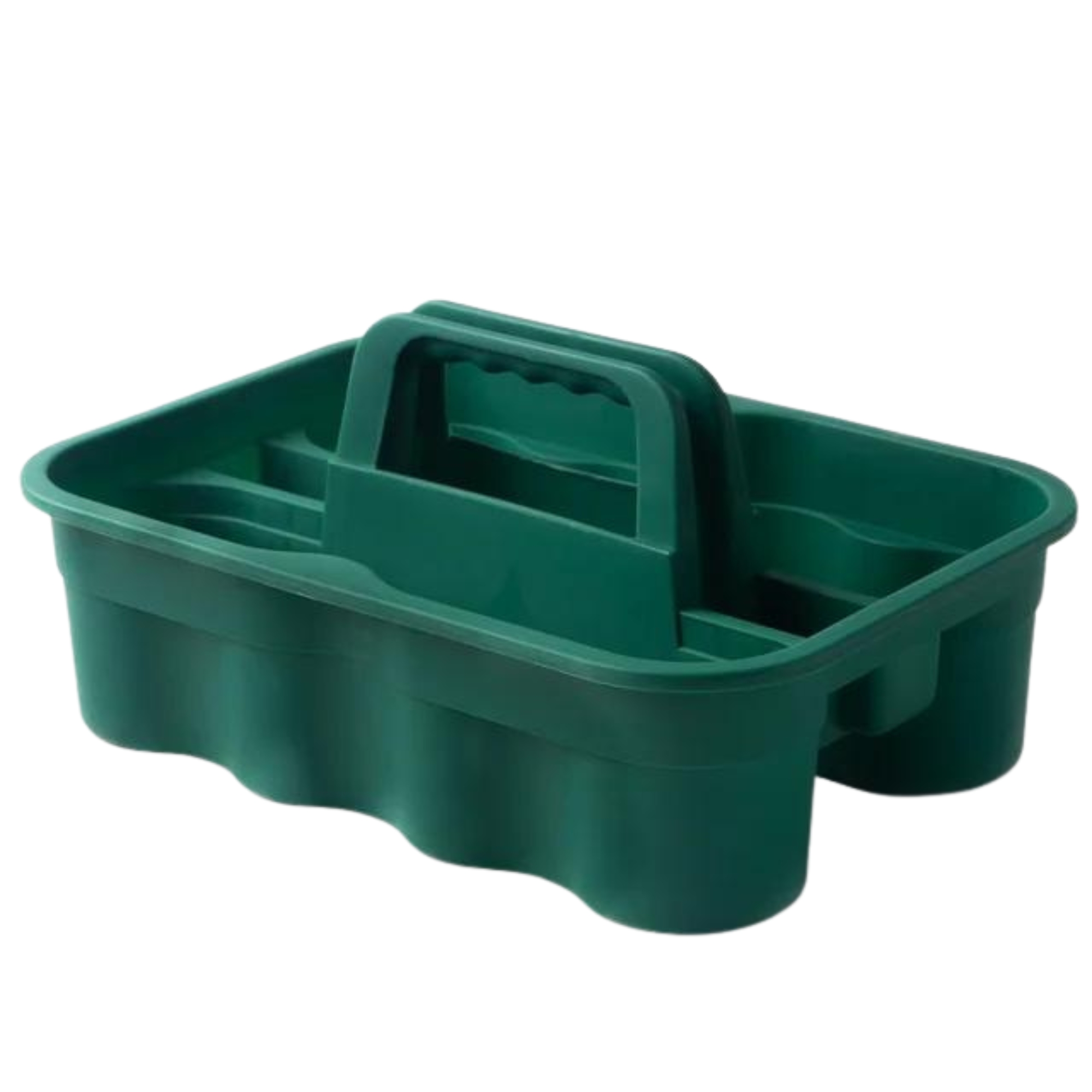
Size (in.): L15 x W11 x H7.5
8. Start with low-hanging fruit
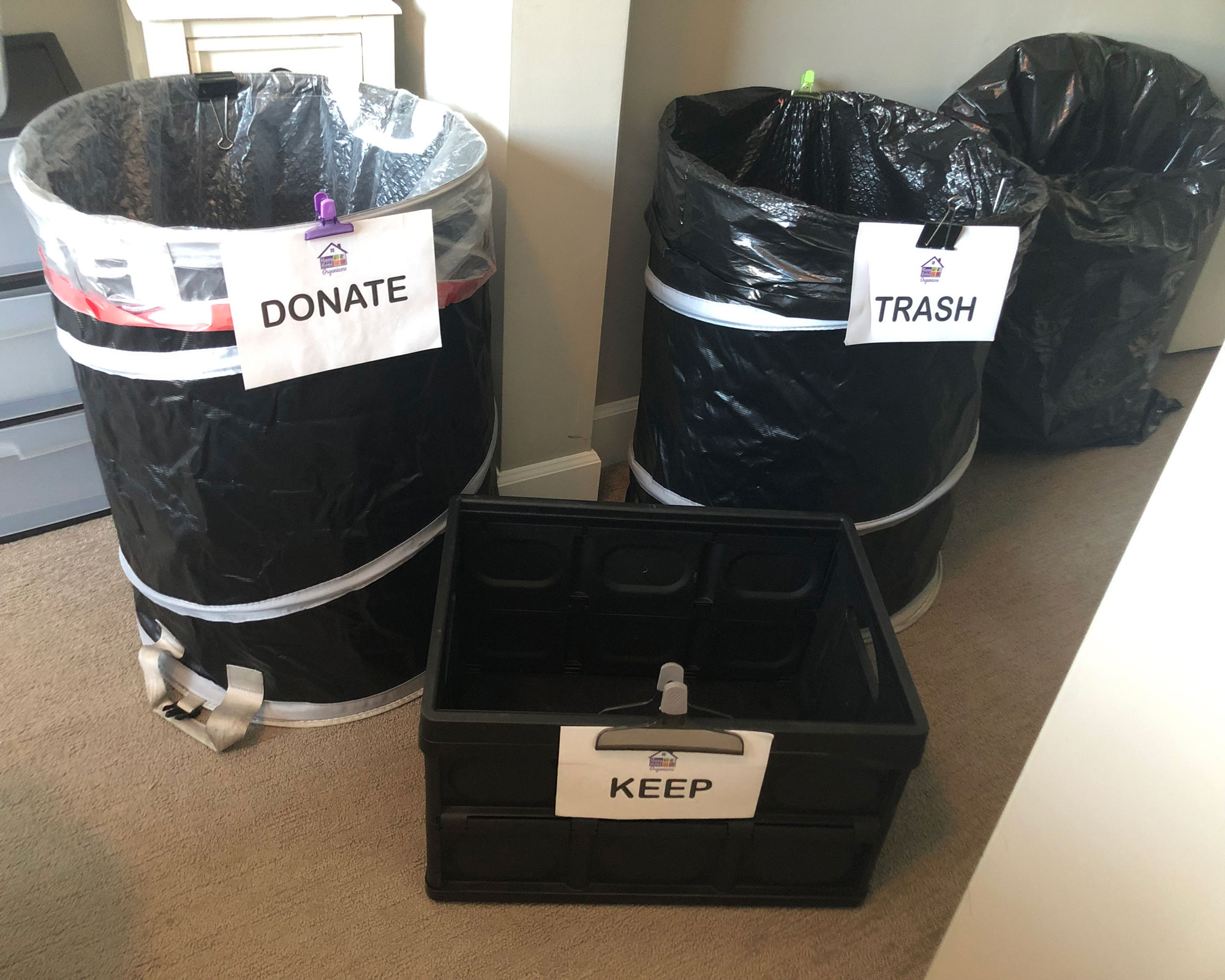
To avoid overwhelm and get started on your decluttering missions, Katie suggests starting with "low hanging fruit, such as decluttering trash, duplicates, or anything that hasn’t been used in the last year."
Start with the easy stuff: trash. Have a garbage bag on hand to toss anything you know you can't donate. Have a basket (this plastic Mainstays large decorate basket from Walmart will work well) or trash bag ready for items to give away, donate or sell.
"Look for things that are broken things or old things that are ratty," adds Rachel Winter, professional organizer. "Start with just a pile of paper, and just start shredding. You've got to trim the fat. By doing that, all of a sudden, the room starts to feel lighter."
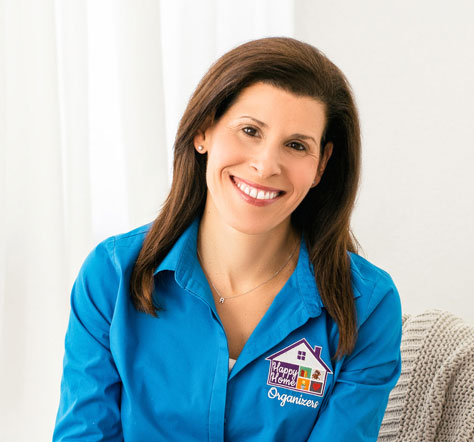
Rachel fell into professional organizing when helping her in-laws declutter and organize their basement. Her company, Happy Home Organizers, LLC was started in 2012. She is a proud member of NAPO (National Association of Productivity and Organizing Professionals), is a Golden Circle Member (5 + years) and served on the Board of the NAPO-Arizona Chapter.
9. Clear visible surfaces
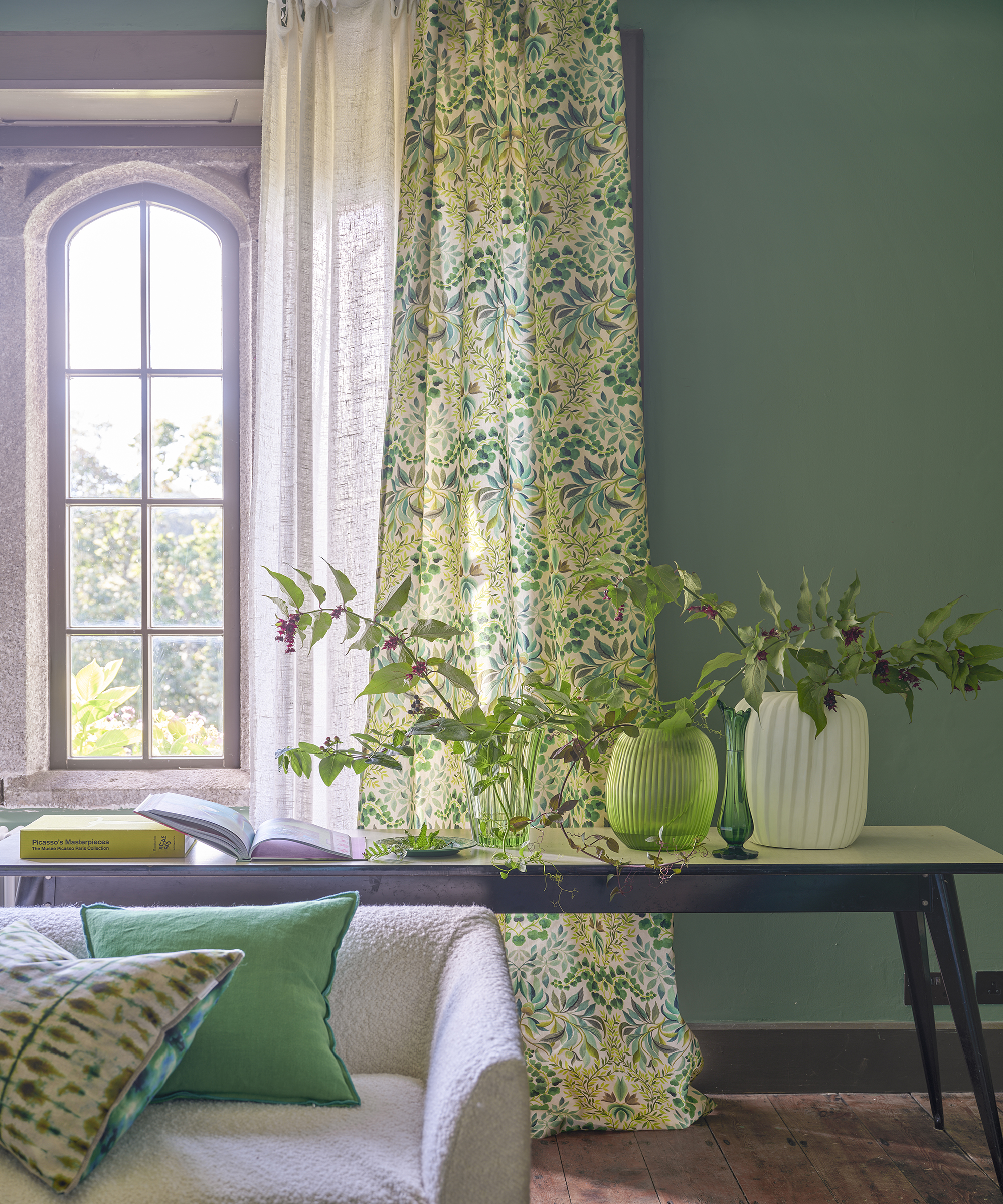
Tricia Guild, founder of luxury furnishing group, Designers Guild recommends decluttering visible surfaces and focal points of a small living room (such as that fab mid-century modern coffee table) as a good starting point.
But make sure you don't go too far, or you could sacrifice the cozy feel of your space. "It’s important not to tidy away the home accessories that bring comfort and warmth into our homes," Tricia says. "Keep things simple, but cozy."

Tricia Guild O.B.E is the founder and creative force behind Designers Guild, the well known luxury interior furnishings group that employs over 230 people across the US and UK. Internationally renowned for her expertise in colour, textiles and innovative collections, Tricia together with her brother Simon Jeffreys as CEO, is integral in leading the workforce that drives Designers Guild’s success.
10. Categorize in groups
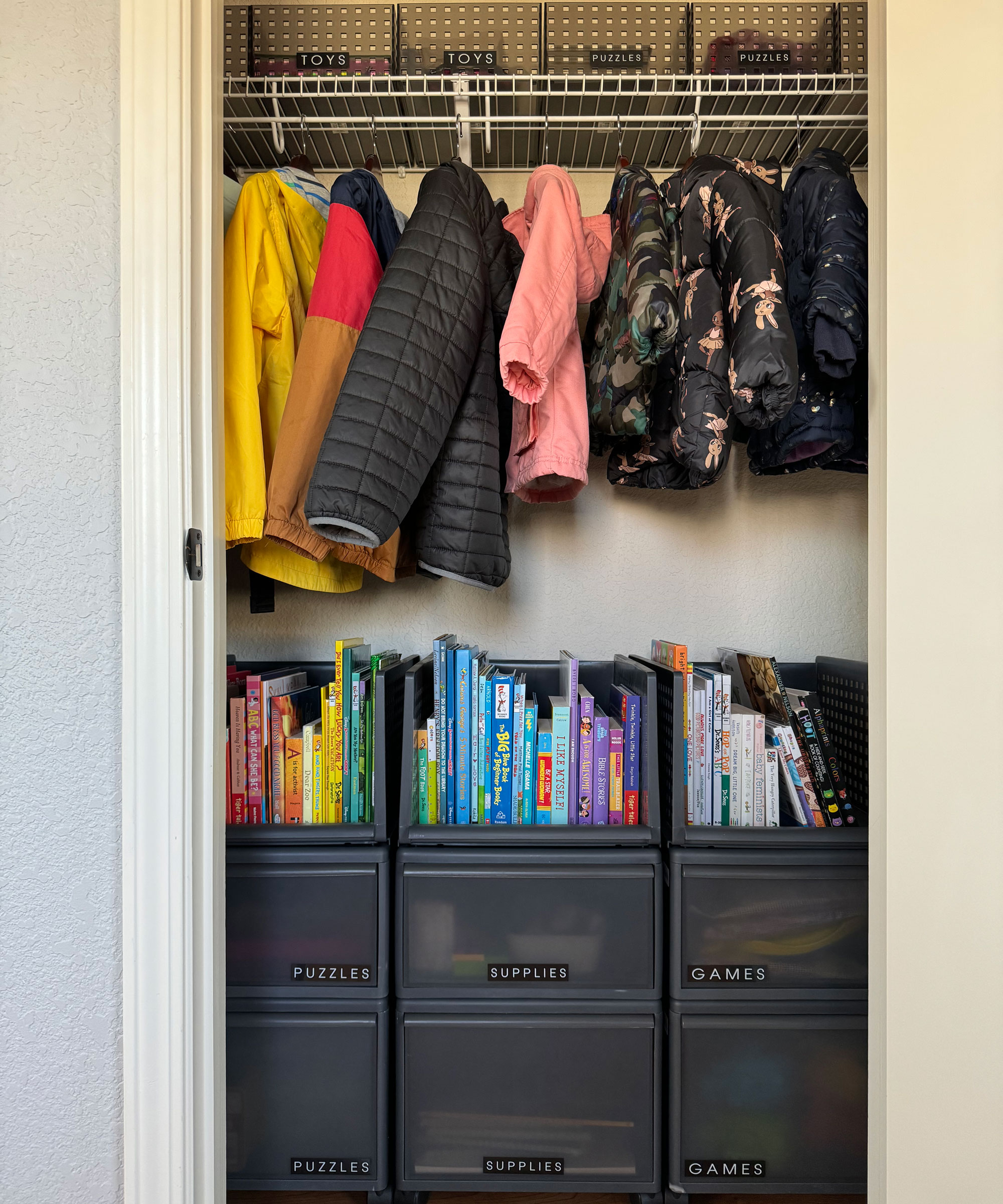
Before you start deciding what to keep, donate or sell, several of our experts recommend dividing your items into categories. "If you try to make decisions each time you discover an object, you'll be forced to make the same decision, over and over again," explainers founder of Let Your Space Bloom, Amy Bloomer.
She gives an example. "Let's say you are cleaning out a closet and discover 25 belts. Rather than make a decision about each belt you find when you find it, it's most efficient to wait until all of the belts have been discovered and distributed into a pile. This strategy has saved a lot of time and decision making brain power for my clients."
Once you have a group of the same items together, it becomes easy to make decisions about whether each has a purpose, where they can be repurposed, donated or sold.
Shantae is also a fan of this strategy, and gives another example. She says, "If you were decluttering a small bedroom, you might start with your drawers, move onto your shoes and then your sweaters."
By breaking it down into smaller categories, you stay focused on the task and avoid becoming overwhelmed.

Amy Bloomer has a Masters in Organizational Psychology from Columbia University. She's been helping people flourish through organization since 2016, and has been in thousands of homes, helping families, professionals, and retirees to transform their spaces, and in turn their lives.
11. Discard expired items
One easy way to make headway in the bathroom or declutter kitchen cabinets is to get rid of items past their expiry date.
"In the kitchen, prioritize clearing out expired and neglected food items, including spices", advises Ashley. "Money is often wasted on food tucked away in cabinets, pantries, and refrigerators. Additionally, expired foods can lead to unpleasant odors and unwanted pests."
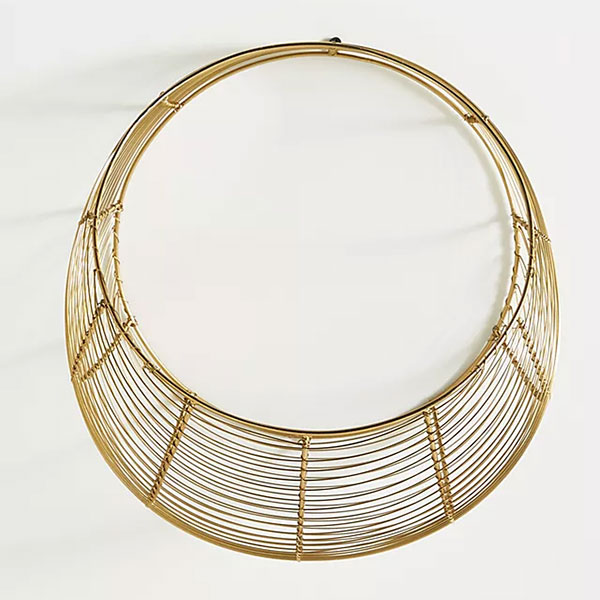
Size (in): D13
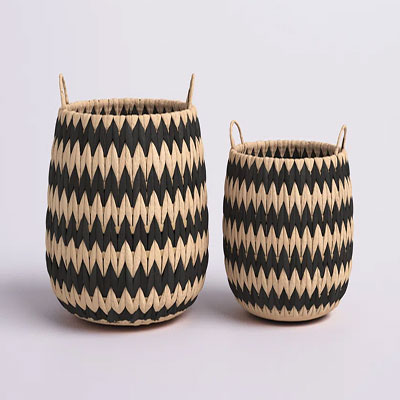
Size (in): H10.25 x W5 (small) H11.75 x W7 (large)
Made from: Cattail, paper, wire
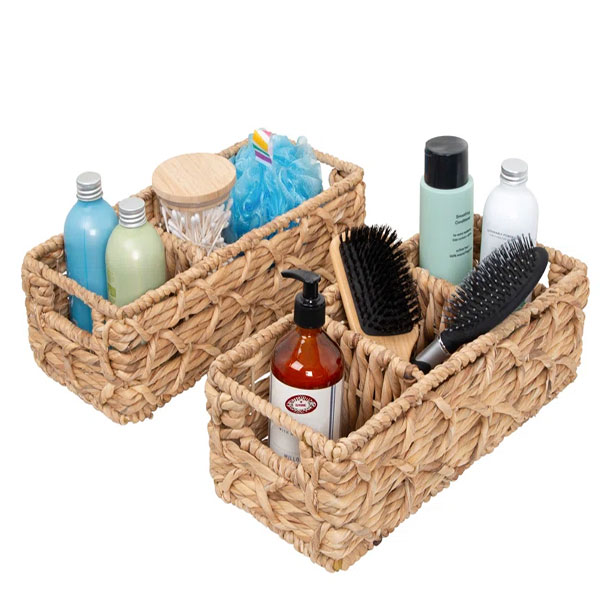
Size (in): H4.5 x W16 x D7
Made from: Wicker
12. Keep essentials
In a small space, you need to be ruthless when deciding what to keep.
"Remember that you are paying for every square inch of your home, so it's important to not only know how to maximize space in small living rooms and other rooms you have, but to only keep what you truly need," advises Jamie Hord, founder of Horderly.
Anything broken beyond repair or you know doesn’t fit your lifestyle should be let go.

Jamie Hord started Horderly with Fillip Hord in 2015 and they combined their passions to bring the joy of an organized home to people around the USA. Now with a talented team helping them, they have taken on every organizing challenge presented.
13. Ask hard questions
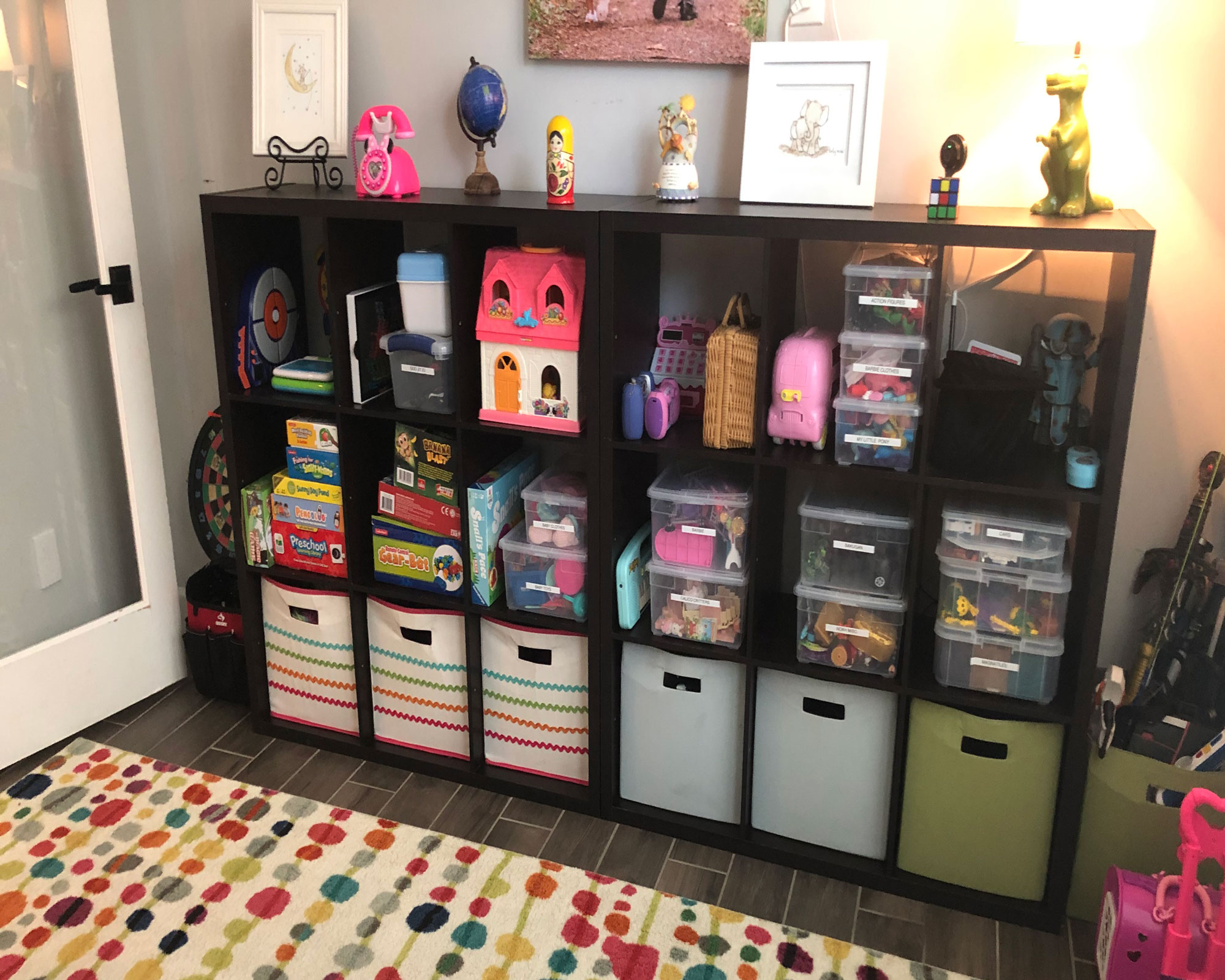
If you're struggling to make decisions, you may need to ask yourself some hard questions. "It's easy to say yes to keeping everything, but do you really use it?" asks Jamie. "Do you have better? When is the last time you've used it? Is it overused or damaged?"
If you're still not sure, avoid decluttering mistakes and think about the items you really want to keep. "Consider the emotional connection you have to certain items around your home and hold onto those that make you feel good and contribute to calmness," says Tricia.
Janet has a simple rule that may help you make decisions. "If you don't love it, need it, or use it, then let it go. Repeat this to yourself frequently if you have a difficult time parting with possessions," she says.
How much joy an item brings is the perfect parameter for bringing in new items too, and the foundation for dopamine decor.
14. Tackle keepsakes last
When you're categorizing your items, there's one you should keep till last. "If you encounter keepsakes early in the process, then save those for last," says Amy. "This category of items often evokes lots of emotions and isn't worth doing until all of the other categories have been reviewed."
By then, you'll have a better idea of how much space you have and you can decide to keep, donate or find suitable storage solutions, whether it's blanket storage ideas or Amazon closet organizers and then stash your precious items somewhere safe.
15. Find a home for everything
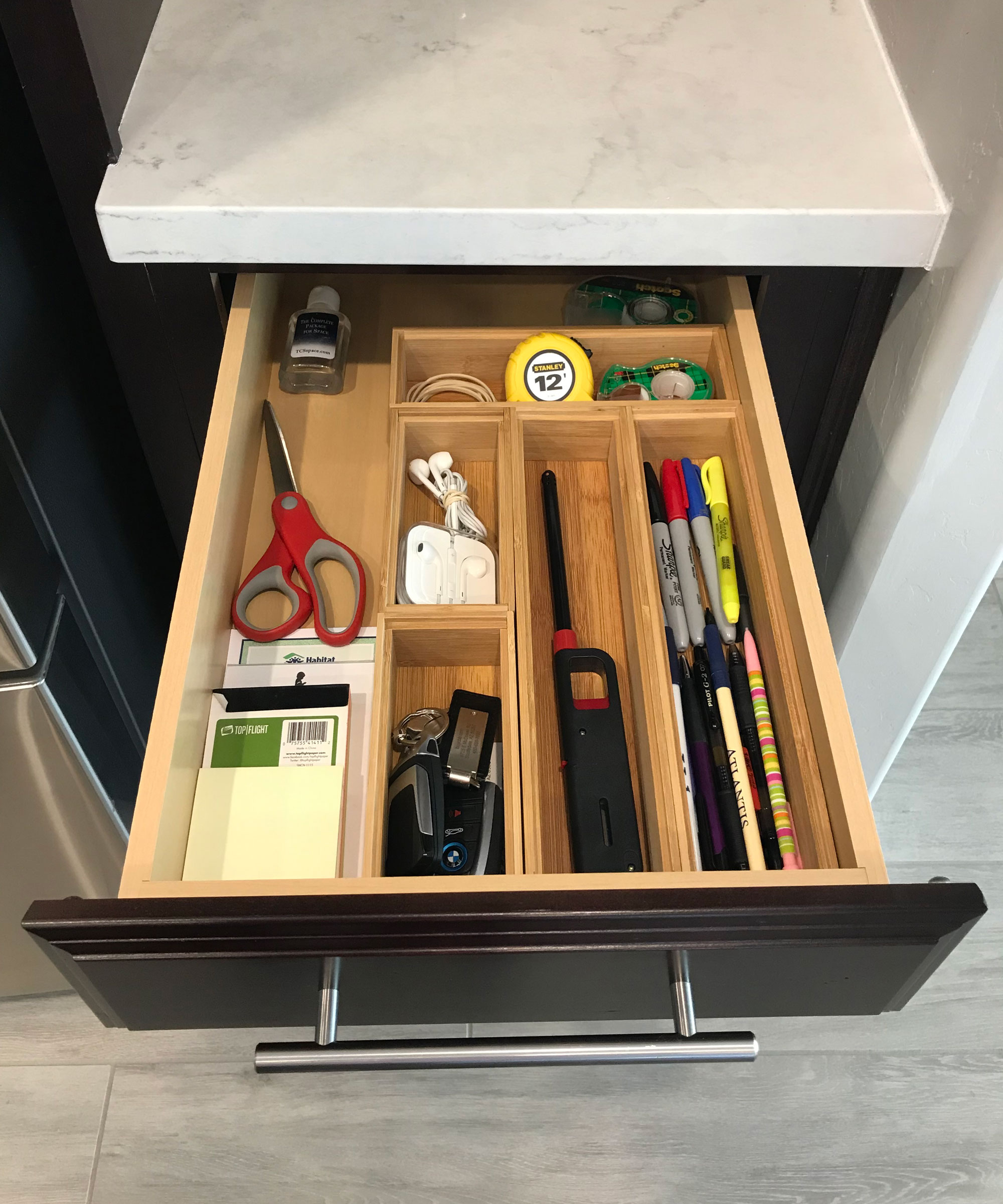
According to Rachel, the key to staying organized is finding a home for every item and remember similar items could live together.
"Your pens live with your pens, pencils go with pencils," says Rachel. "Can a scotch tape live in the same drawer as the scissors? Yes. Can the staples live with rubber bands? Sure. But you don't want to put your scissors in with the paper, or you'll never find them," she says.
Make sure that the homes you're assigning are sensible, though. "The floor or the kitchen counter don't count as a home. And just because a hairbrush is sitting on a dining room table for two weeks, that doesn't mean that's where its home should be – that's just clutter," she says.
16. Identify prime areas
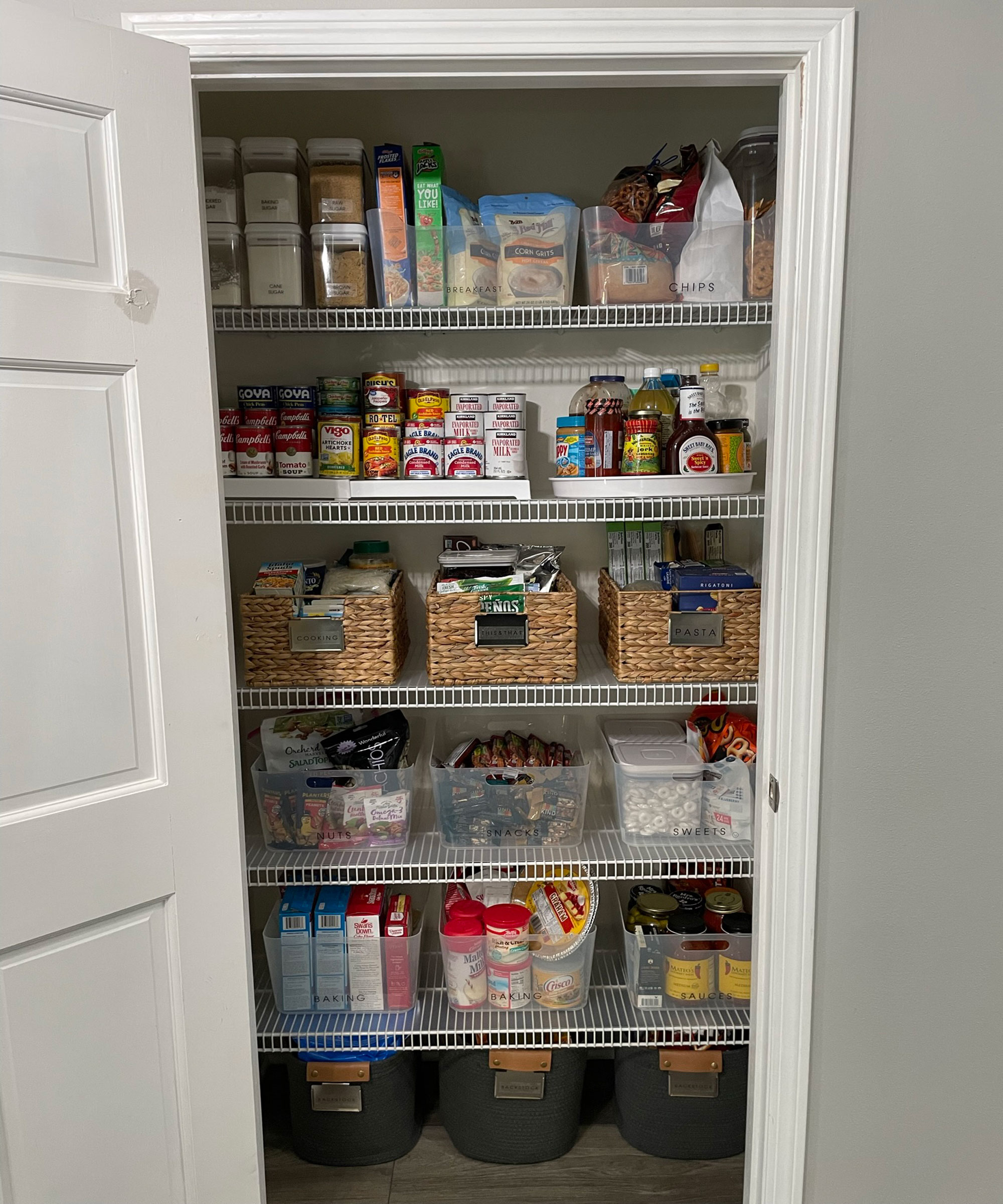
There are certain areas of your home that should be considered "prime real estate," advises Katie. These are areas that you access frequently.
For example, in the kitchen, the prime real estate might be easy access shelves, cupboards and drawers, where you'll need smart kitchen storage ideas. "They should contain your most frequently used items. Seldom used items can live in a nearby closet or less accessible high cupboard," Katie explains.
Our pro organizers have also delved into how to organize deep pantry shelves and how to organize a small pantry.
17. Determine spatial zip codes
Amy think it's useful to think in terms of 'spatial zip codes' for your items – grouping them in clusters and giving them their own zone. First, you need to determine how many members of each family of categories need a spatial zip code, then decide what that family of things is used for and where it makes sense for them to live.
She gives an example: "in a kitchen, all of the things needed to make and enjoy a cup of coffee should live in the same zip code. It’s simple logic but it’s revolutionary when it’s orchestrated in an intentional and thoughtful manner."
18. Get rid of kitchen gadgets
"Consider parting with small appliances and even the best kitchen gadgets if you no longer or never use, even if you once had good intentions when buying them," suggests Ashley. "Whether it's an air fryer, pressure cooker, or fancy chopper, it's perfectly fine to declutter your kitchen of items that are not practical."
Whilst smaller brilliant kitchen gadgets can also be useful tools, they're if they're ones you can live without and rarely see the light of day, considering getting rid of them by way of donating, resale or gifting.
"Only keep what you absolutely need and use and consider if you need the fancy gadgets or if your space is more valuable," says Jamie.
19. Make everything visible
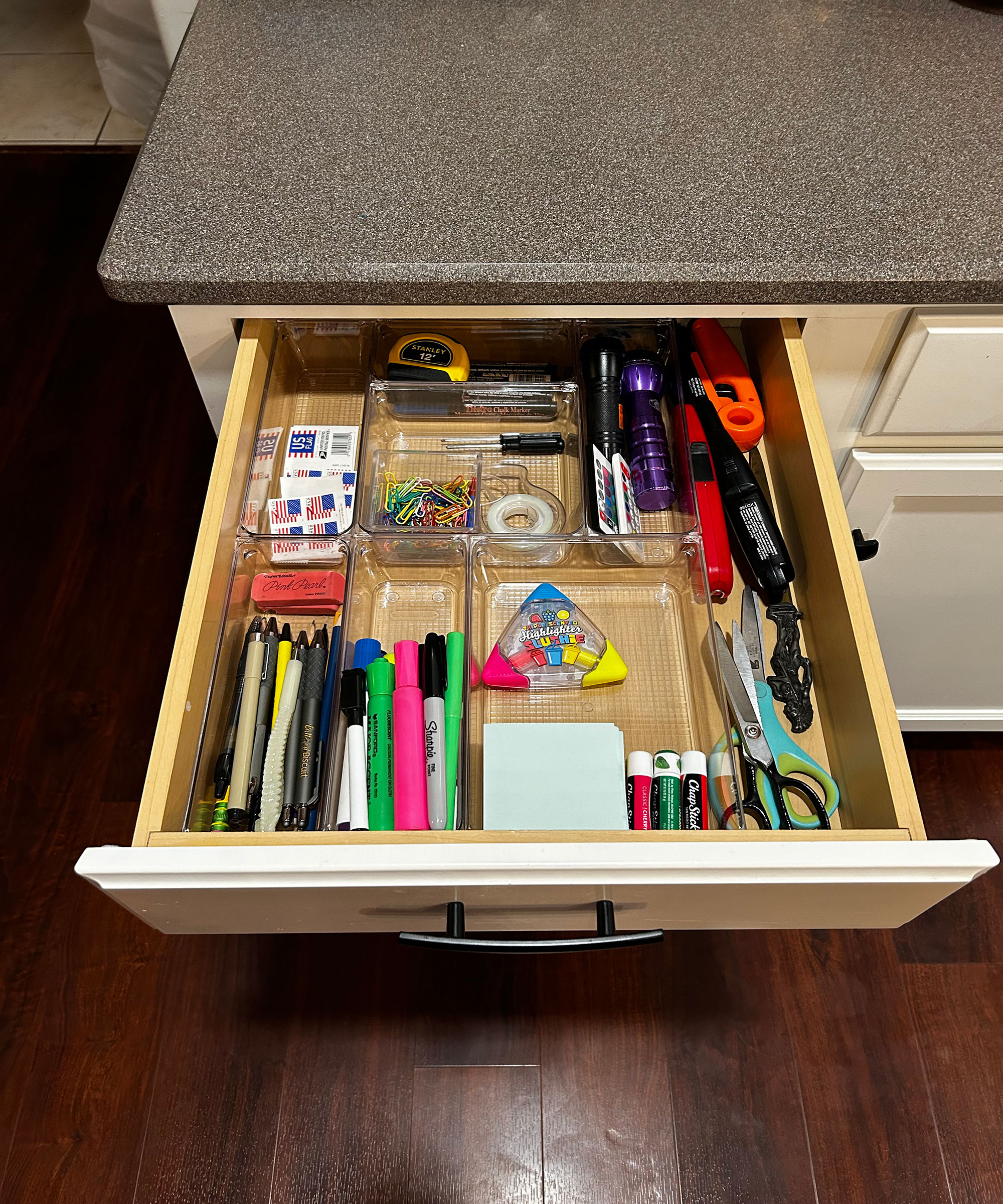
One of the biggest problems of a cluttered home is that you can't find anything, so making sure that your possessions are all clearly visible can go a long way to making it more liveable.
"I have a no digging policy," says Rachel. "With every drawer you pull open, you should be able to see everything clearly. Everything should be easily visible and accessible so you can get to it easily without digging around."
The best shelf dividers and drawer organizers provide savvy solutions to help you get on top of this.
20. Get drawer dividers
One of Rachel's top tips is to use drawer dividers such as Homemade Living bamboo dividers from Amazon. "If you don't have dividers or drawer organizers, things are just mish-mash, just slipping and sliding and a total mess," she says.
These can be bought fairly inexpensively but can make a big difference, and will also help you ensure your items are visible and accessible.
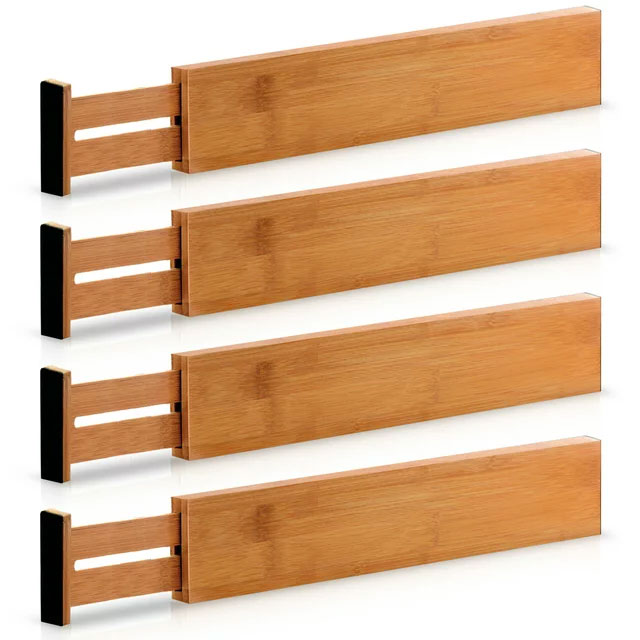
Size (in): H3 x W1x L17
Material: Bamboo
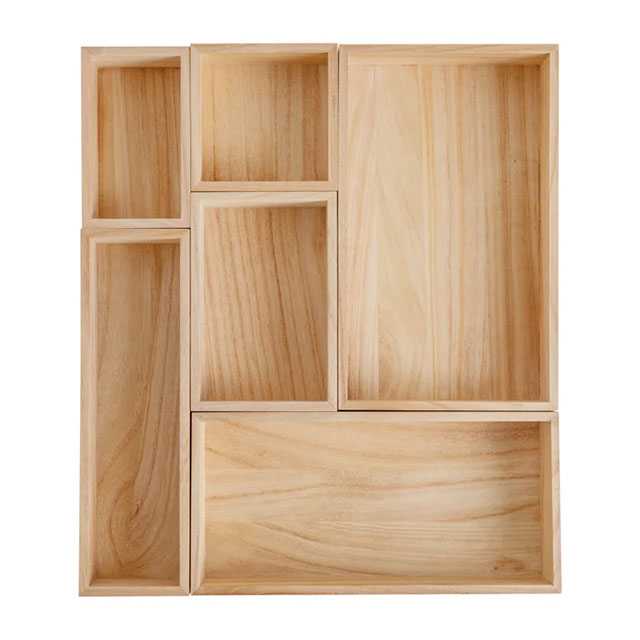
Size (in): H2 x W15x D13
Material: Bamboo
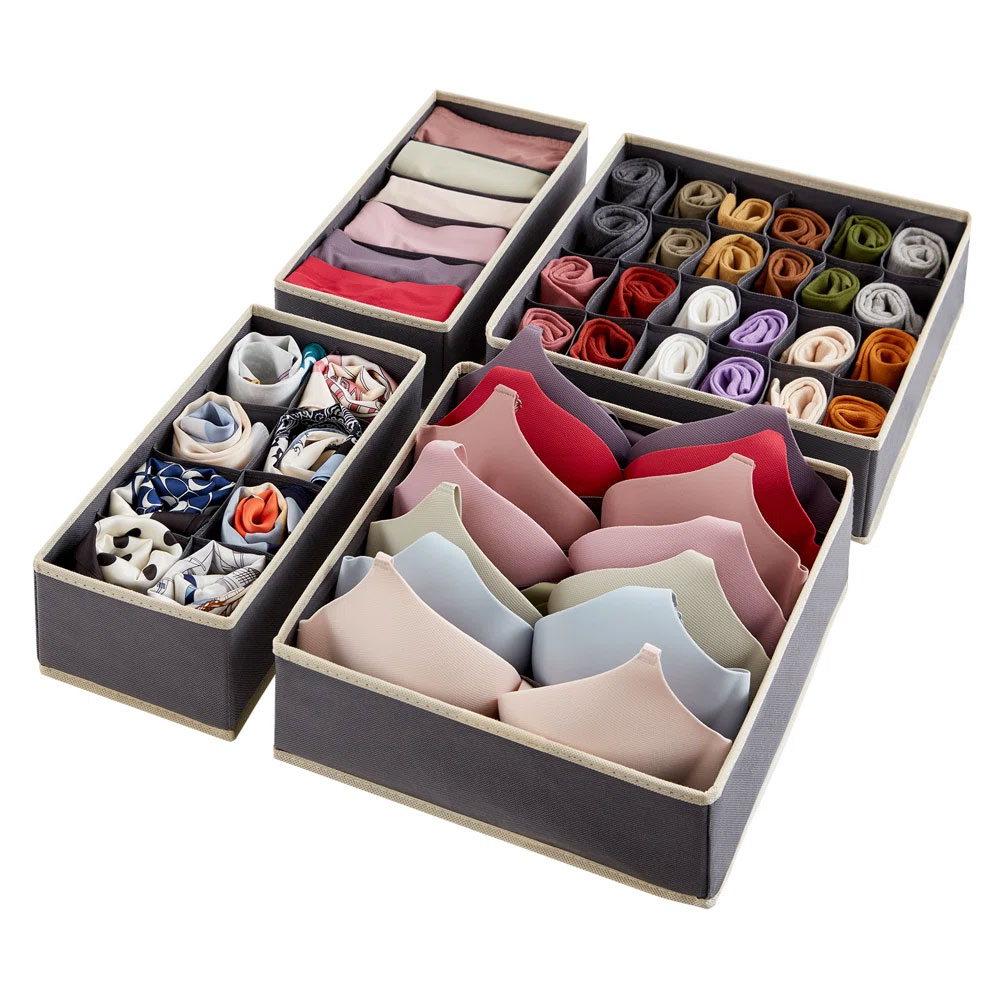
Size (in): H23.6 x W17.5 x D4.3
Material: Non-woven fabric
21. Put a limit
It's not just gadgets in the kitchen that need to be curtailed. Mugs and water bottles are another category that tend to accumulate quickly.
"These items are frequently given as gifts, adorned with inspirational quotes and mantras," says Ashley. "Establish a limit for these and declutter kitchen cabinets holding those you no longer use, maintaining a clutter-free kitchen space."
Keeping just one water bottle per family or household member will help keep clutter at bay.
22. Edit display items
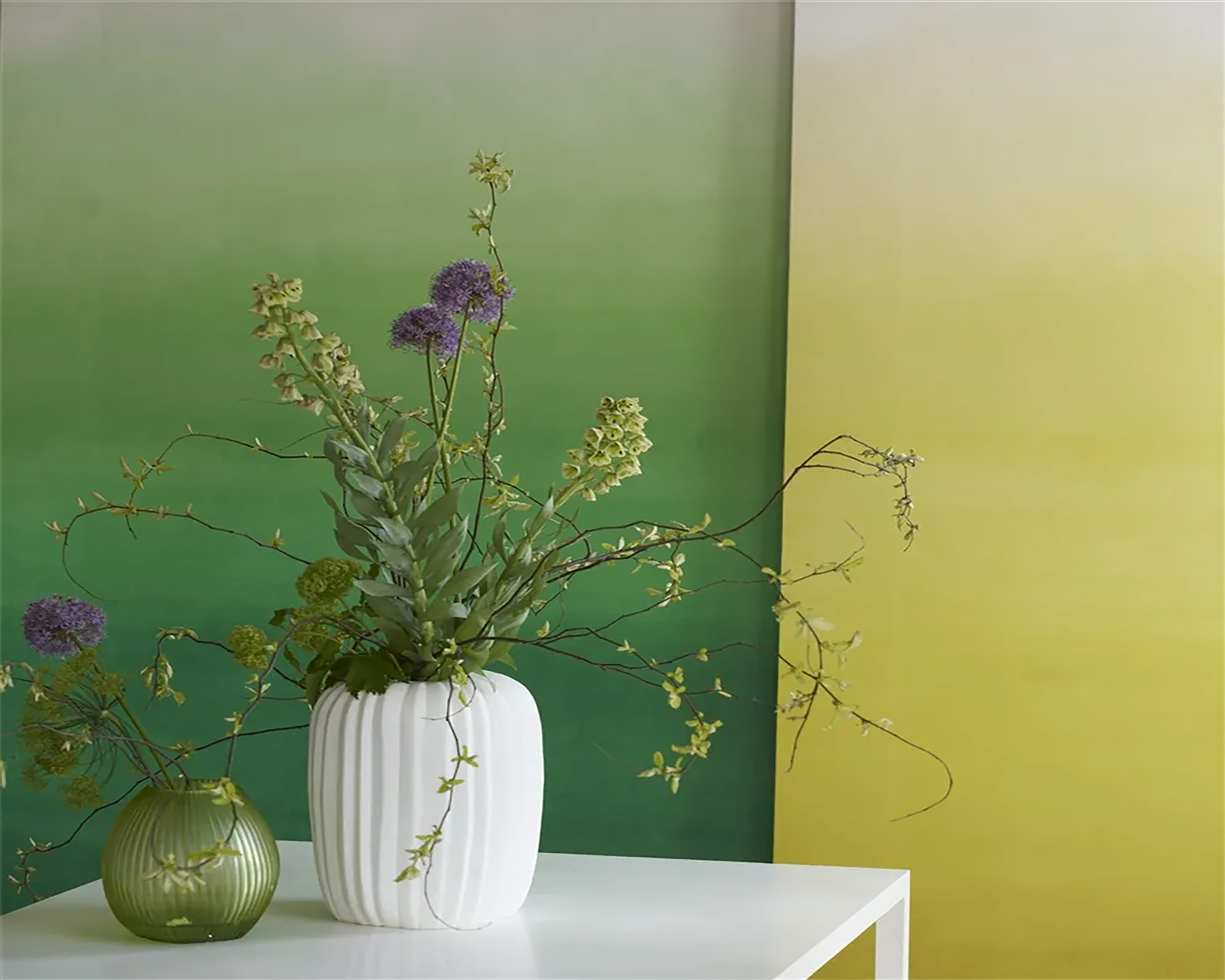
When decluttering a living room, you should also think about items you want on display. "Living rooms often contain collections, such as inherited pieces or knick knacks," says Katie. "Choose a few special pieces to display, and store, donate or sell the rest."
With this approach, you’ll be more likely to notice and appreciate a few key items on a shelf, without the visual distraction of additional clutter, she adds.
23. Get clever storage
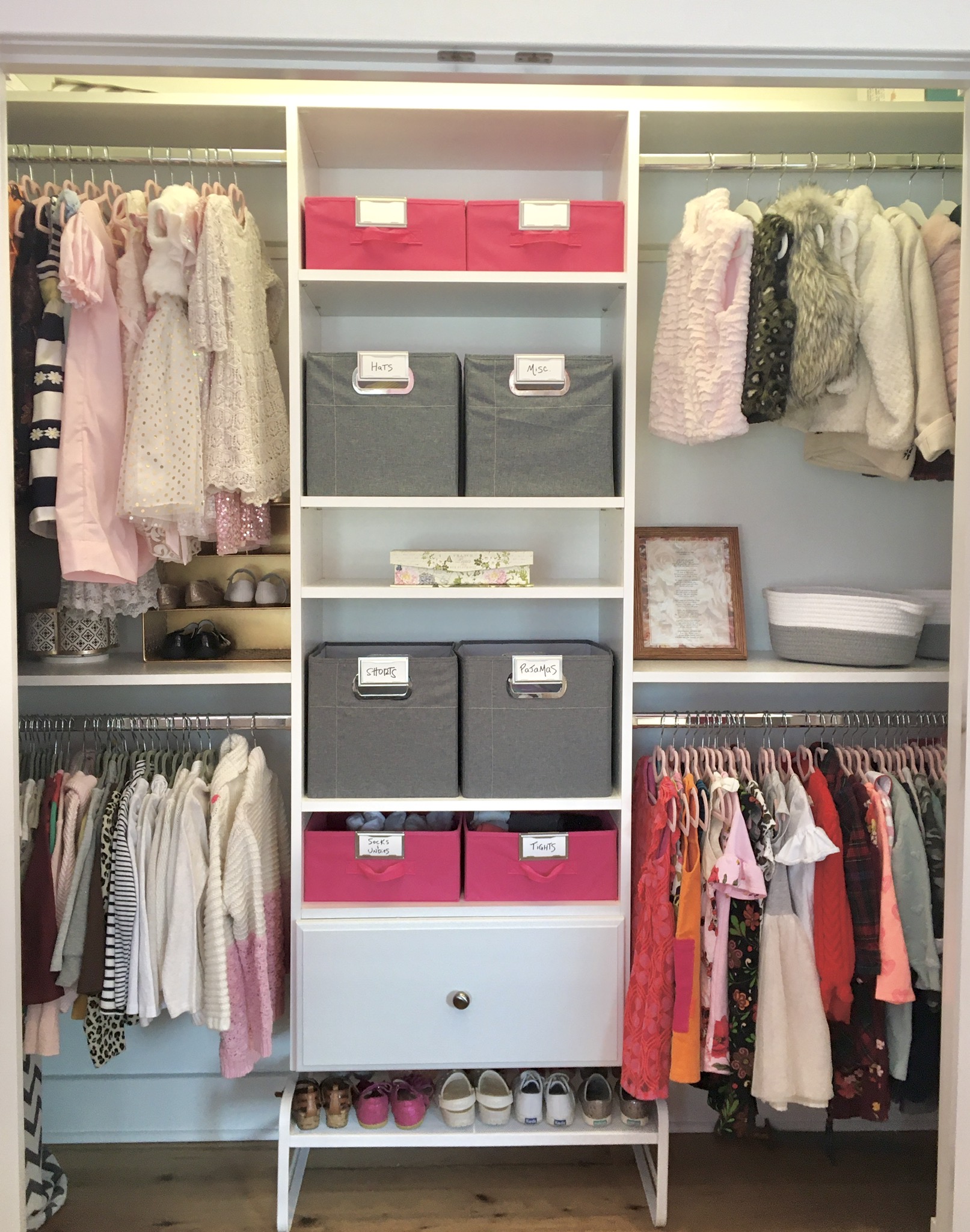
If you don't have the right storage solutions for a small home, then no amount of decluttering is going to tidy up your space.
"Containers are great to use in small spaces, as they give you a parameter for how much space you are willing and able to allocate to a category of items," explains Katie.
Rachel swears by clear shoebox containers (such as the Rebrilliant stackable clear shoe boxes from Wayfair. She says, "I use them inside dresser drawers as they they act as drawer dividers. I use them under kitchen sinks, under bathroom sinks in laundry rooms and garages. They just bring instant order."
In the bedroom, under-bed storage bags (Amazon basics fabric storage bags are rated highly by shoppers) can help keep things neat. "Consider multi-use furniture, such as an ottoman with storage to reduce visual clutter and help keep your space organized," says Ashley.
Marissa Hagmeyer of NEAT Method also has some tips. "Enclosed free standing cabinets (such as the classic storage cabinet from Pottery Barn) and bookshelves are great ways to add storage in a home that lacks closets and cabinets. If it’s time to replace a furniture piece, look for options with hidden storage."

Marissa Hagmeyer co-founded NEAT Method along with Ashley Murphy. Over the past decade plus, they've grown NEAT Method into the largest organizing brand in North America, with more than 95 locations. In August 2020, NEAT expanded once again by introducing a robust organizing product collection for kitchen, pantry, closet, bathroom and beyond.
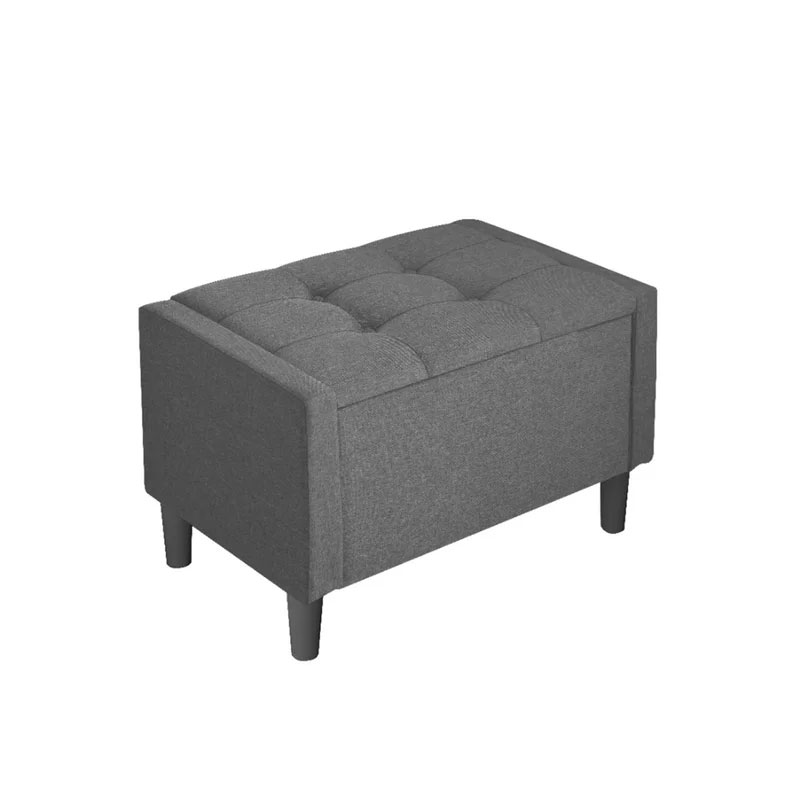
Size (in): H19.4 x W29 x D18.3
Material: Polyester blend
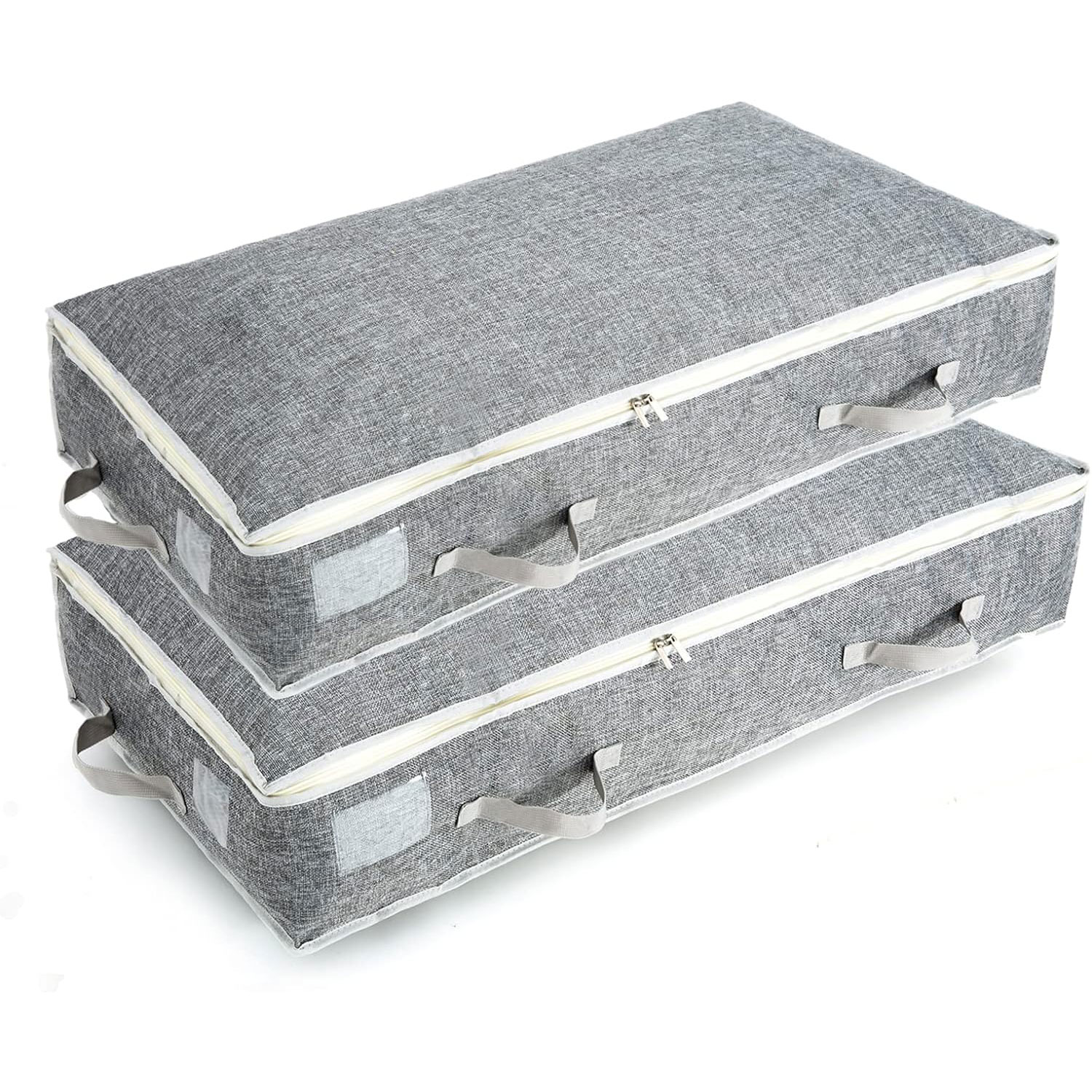
Size (in): L39.4 x W19.7 x D7.1
Material: Nylon
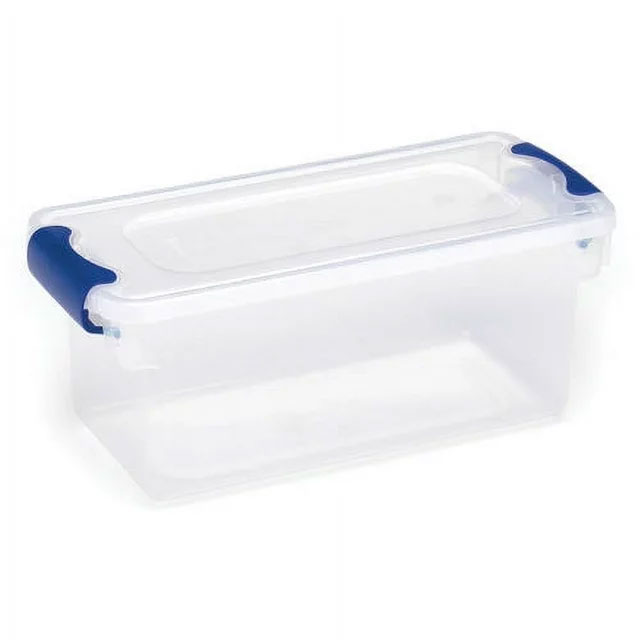
Size (in): H6.13 x W7 x L16.25
Material: Plastic
24. Use vertical space
Utilizing vertical space is another great way to get more from a small home. Janet recommends adding shelves, risers (such as Reds wood shelf risers from West Elm or shelf baskets, while Marissa suggests adding hooks, stacking bins, floor baskets and more to maximize every last inch of storage space, specifically within closets.
The hallway is another space that can benefit from vertical storage. Adding hooks to the walls (if you're renting, try heavy duty Command classic metal look wall hooks) is one way to do this and we have plenty more small entryway storage ideas.
25. Utilize dead cupboard space
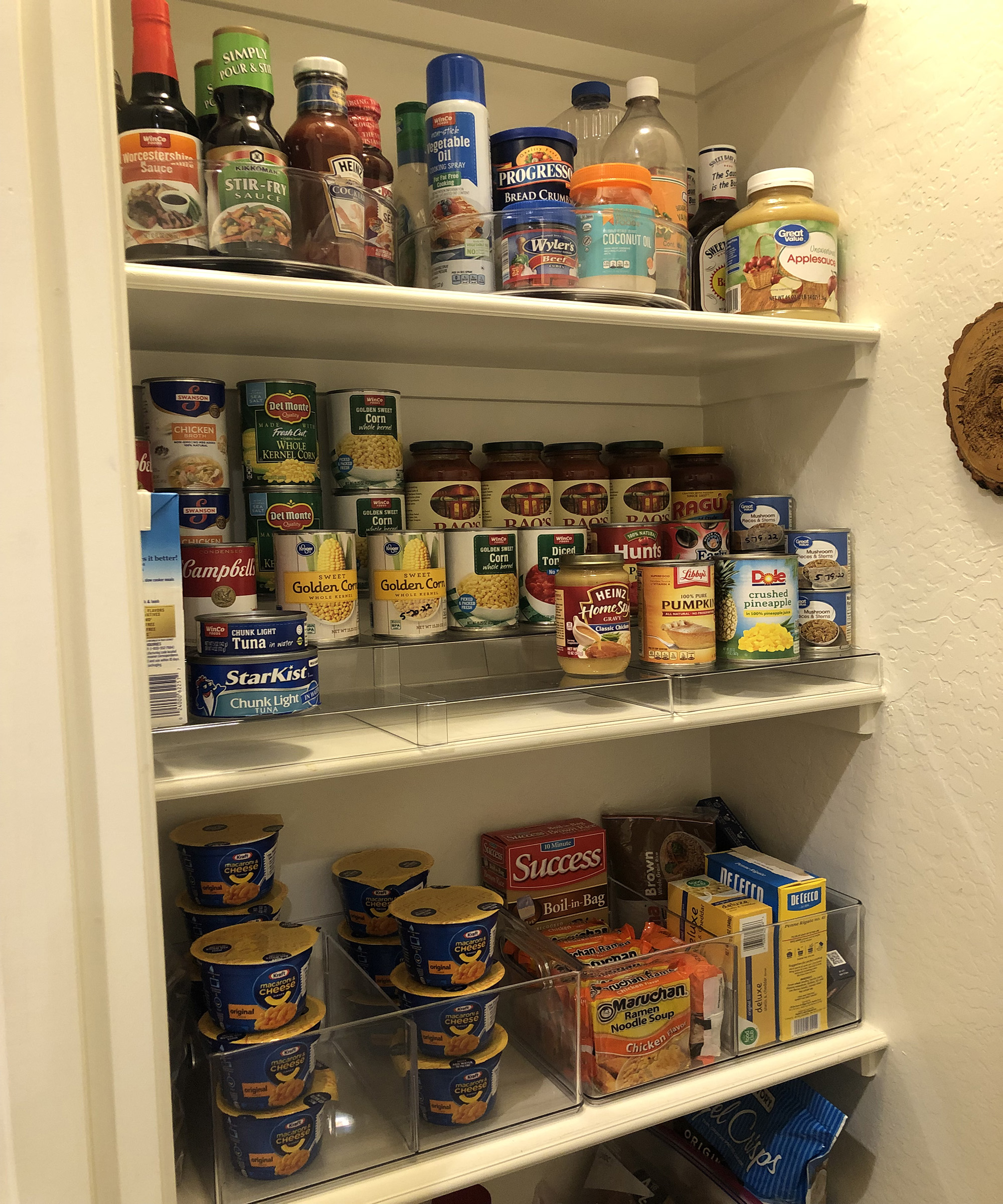
In a small kitchen where space is often at a premium, there are a few clever ways you can get more the space, particularly by using dead space at the top of cupboards. "I love the can risers, those mini bleachers (such as the Better Homes and Gardens expandandable racks from Walmart) or shelves for cans. They're a great product," says Rachel.
Rachel also recommends getting a lazy Susan or turntable, and says these are particularly useful when organizing a spice cupboard.
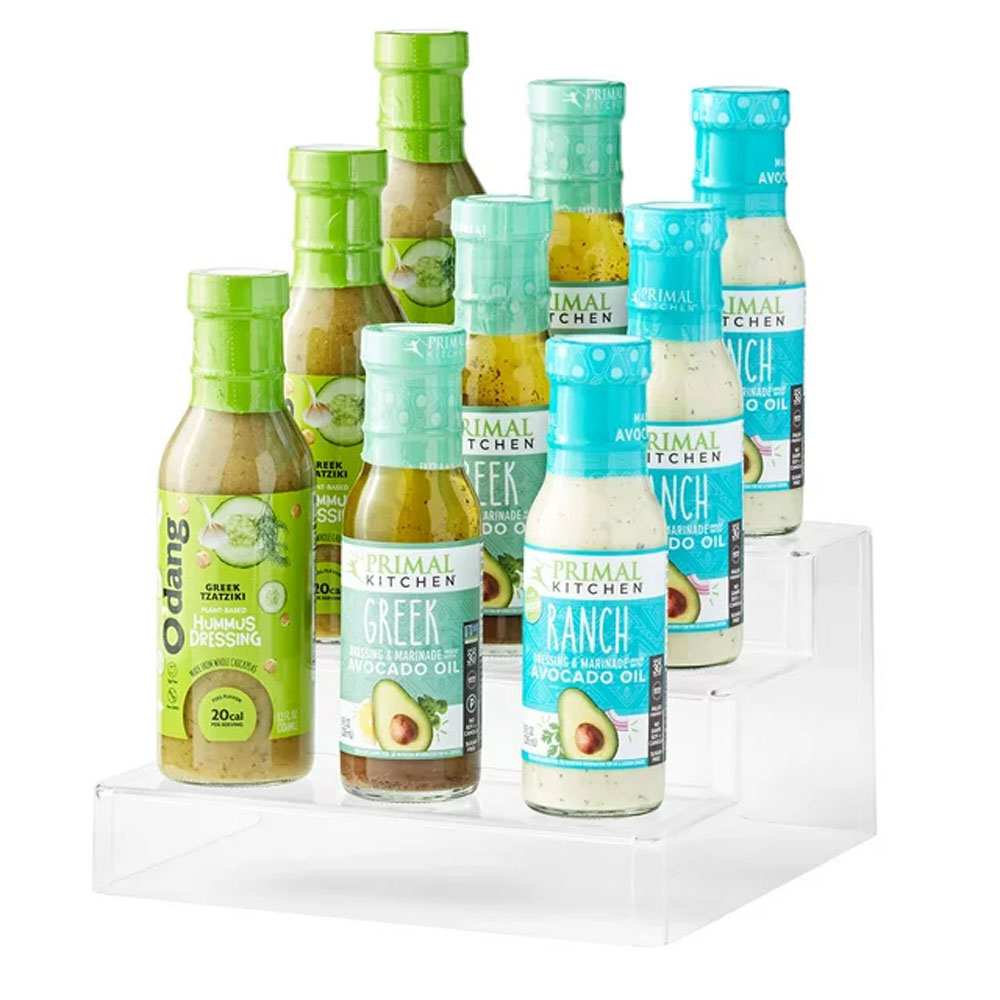
Size (in): H9.6 x W9.6 x D5
Material: Plastic
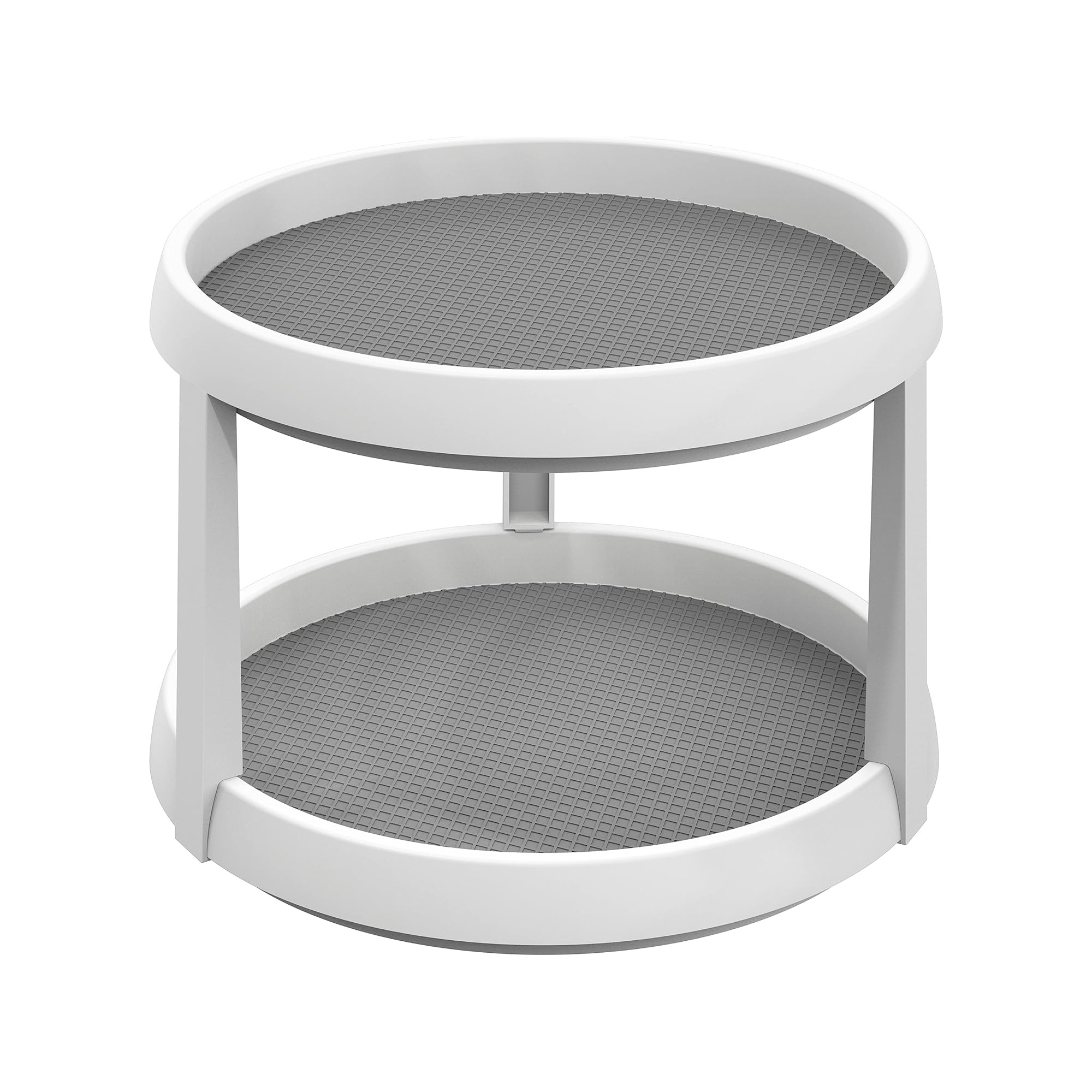
Size (in): H7.75 x W10 x D10
Material: Plastic
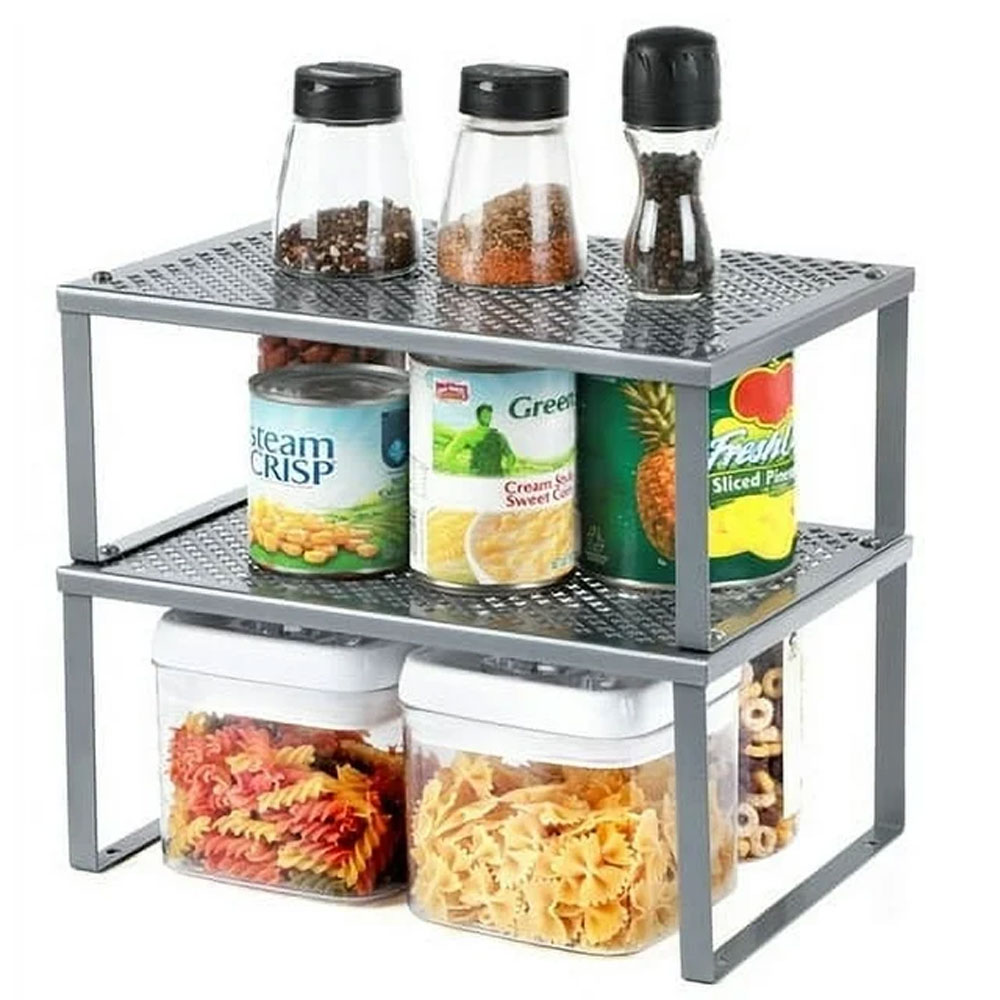
Size (in): H6.09 x W12.59 x D9
Material: Metal
26. Label everything
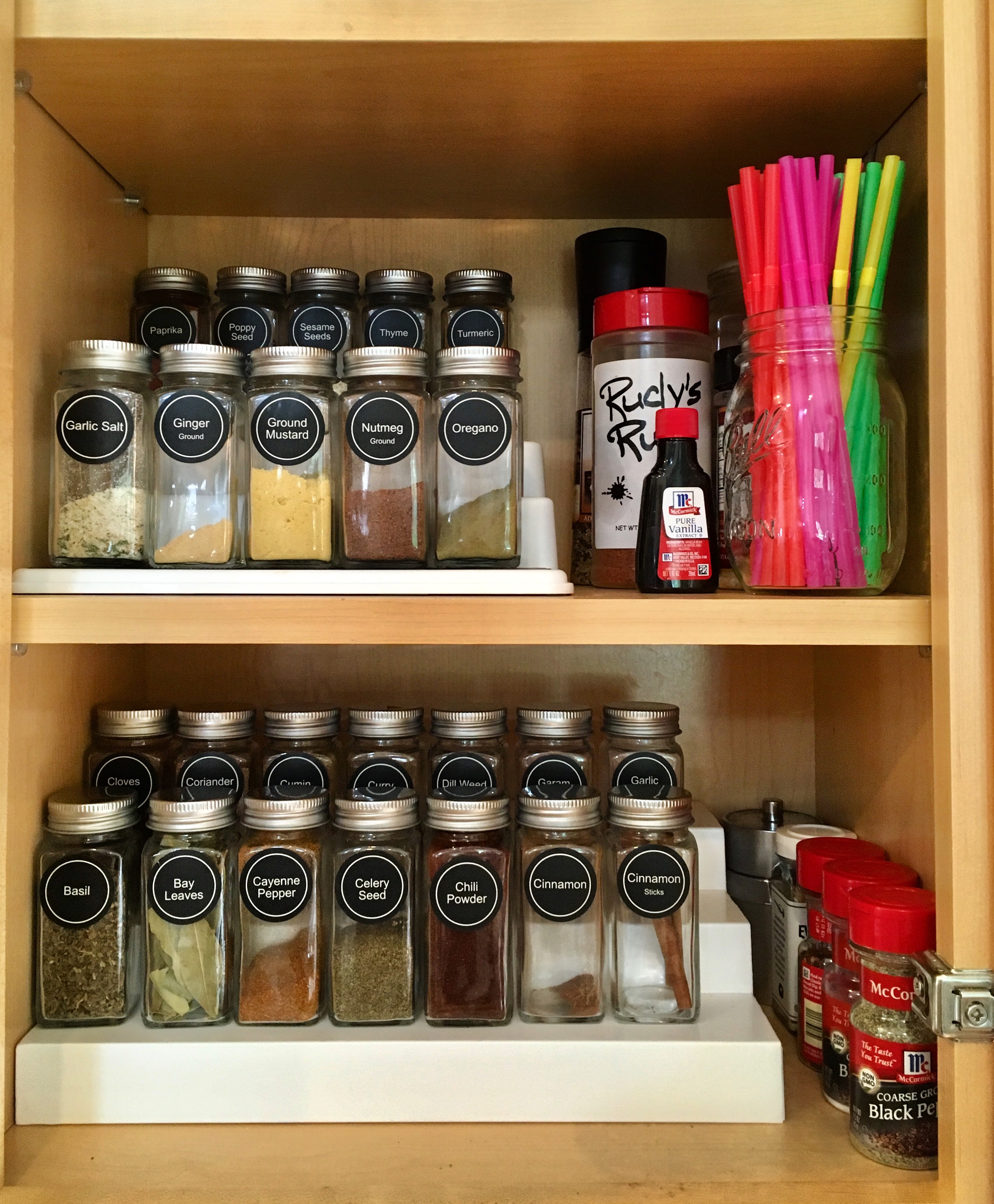
If you don't already have a label maker, now might be the time to invest (try the highly-rated and budget-friendly Phomemo Bluetooth rechargable label maker from Amazon).
"Labeling maintains the organized system," says Rachel. It helps you remember where each item should live, and helps you find things easier. You don't have to label everything.
Most people will know where their cutlery should live without needing a label, for example, but labels can be particularly great for tasks like organizing a small pantry or an office.
27. File fold items
When you're putting items back after a thorough declutter, be mindful about how you are storing them. Marissa suggests file folding clothing and linens.
"Save space in your drawers by folding clothing, then placing them in upright rows with the fold facing up. This not only saves space in your drawer, but allows you to see everything in one glance."
Slim hangers (such as these non-slip slim hangers from The Container Store) in closets is another way to save space. "Store more clothing per closet rod by replacing bulky tubular and wooden hangers with slim options that save space," says Marissa.
28. Accessorize smartly
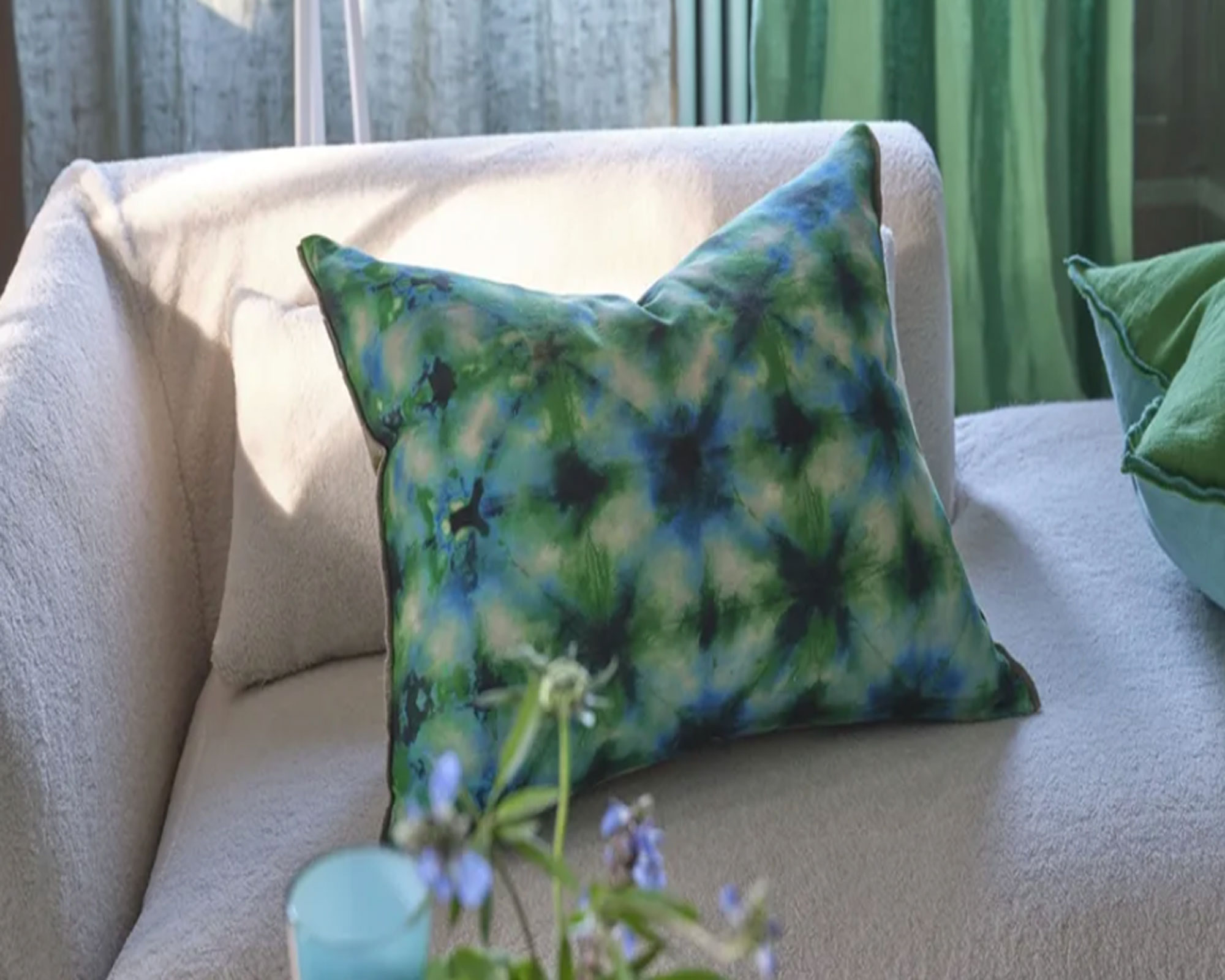
To elevate your space and give it a fresh start, Tricia recommends keeping hold of key accessories. "When decluttering, we need to think about keeping statement pieces that add to our space instead of causing a sense of stress."
She notes that pieces like patterned cushions (such as these Shibori emerald cottons cushions from Designers Guild) can introduce an exciting energy that doesn’t dominate a small space.
"Try to incorporate patterns that soothe and energise the room at the same time. A great way to add scale to living rooms is by using smaller, subtle elements like accessories, and cushions are a go-to for comfort and dynamic design," she says.
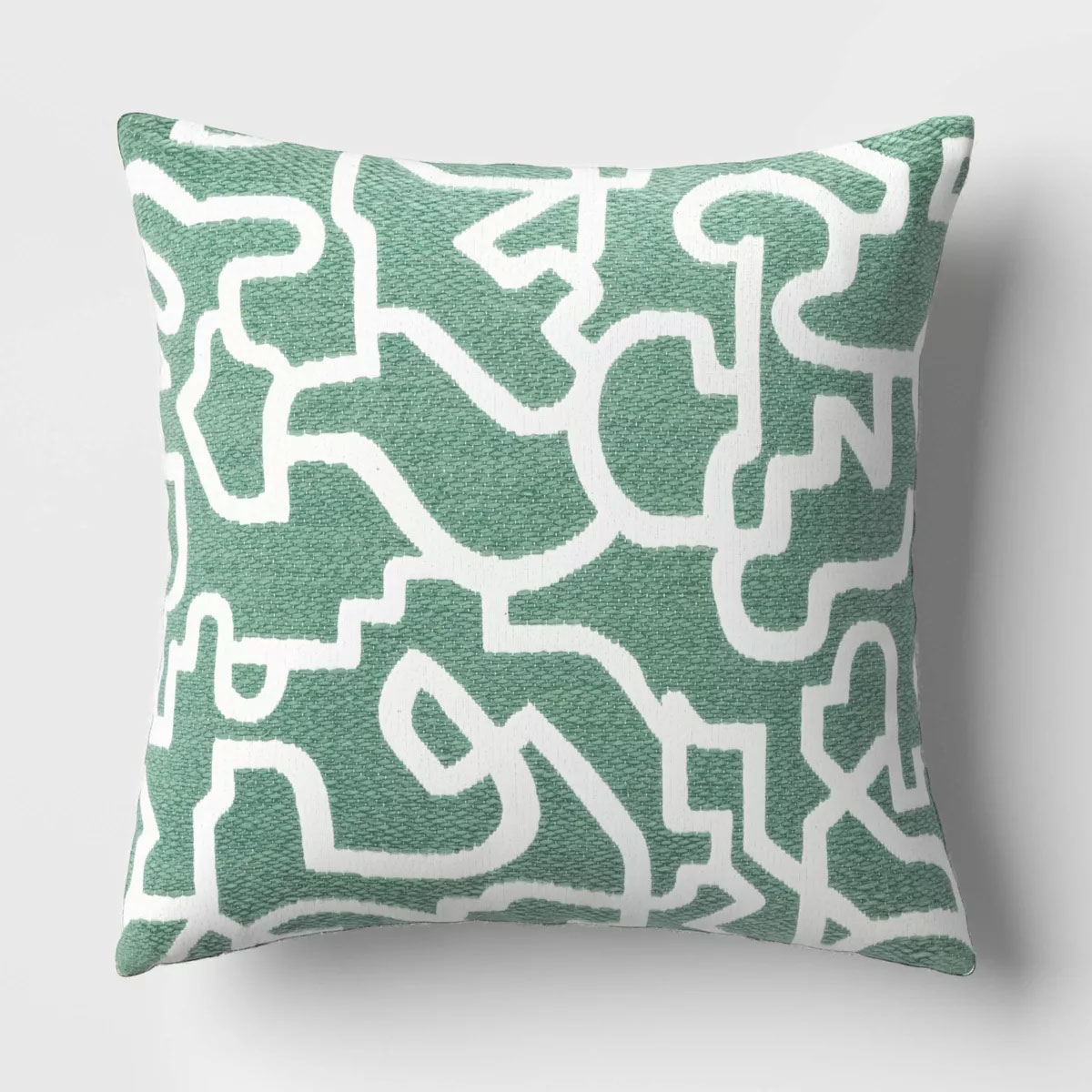
Size (in): W18 x L18
Material: Cotton
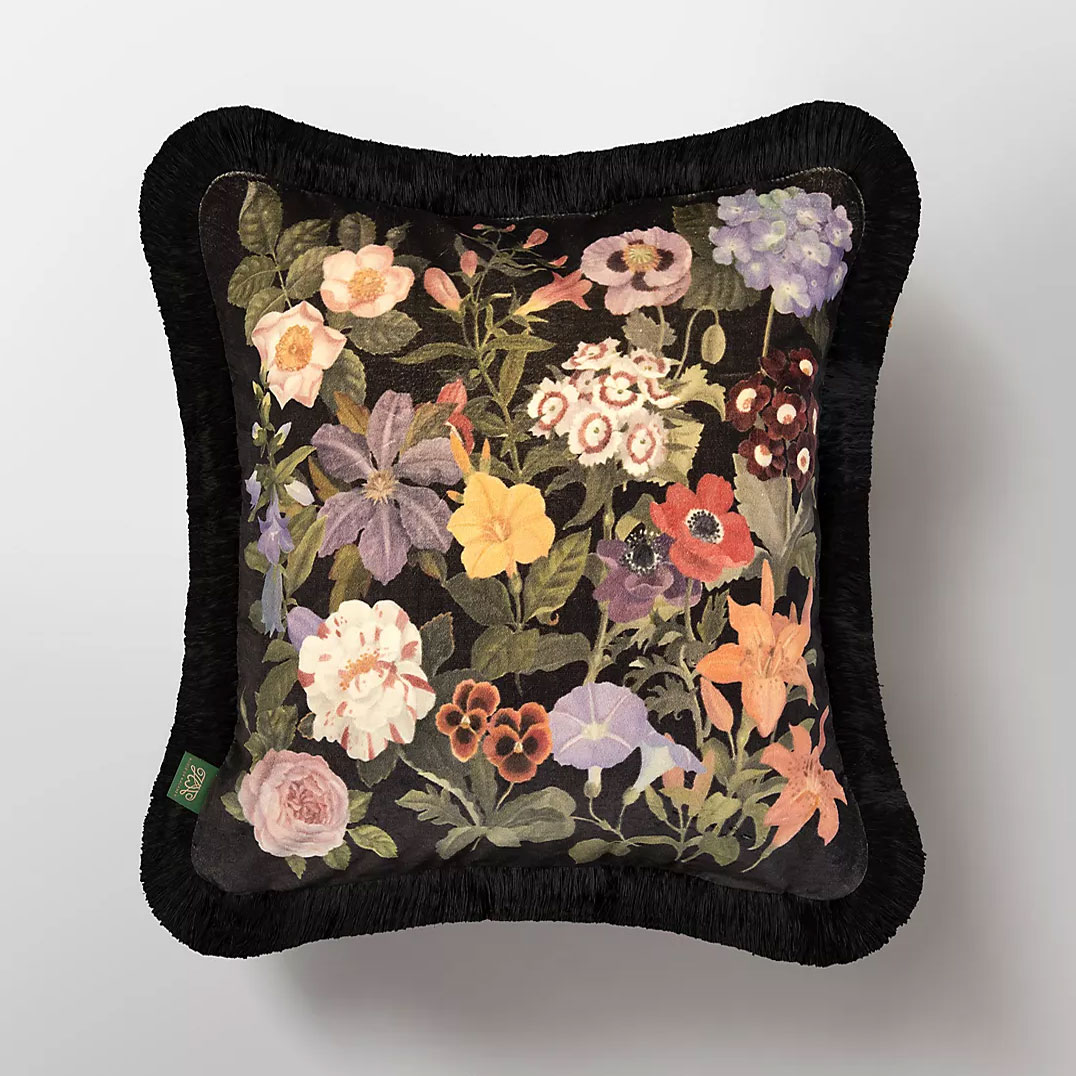
Size (in): W17.7 x L17.7
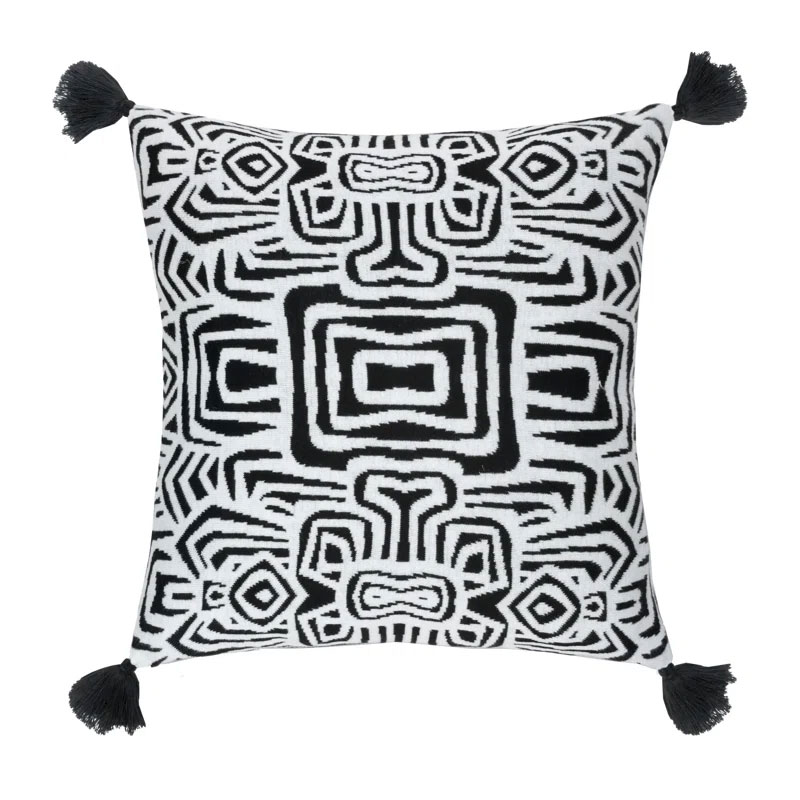
Size (in): H20 x Q20
29. Use the one in one out rule
To maximise your chances of keeping your home clutter-free, Rachel suggests adopting a 'one in, one out' policy, where when you buy or receive one item, you give something else away.
"Things have to leave," she says. "Things have to be donated or go to the trash. Because if not people wind up with clutter, there's too much stuff. A lot of times I'll talk to my clients about their home has to lose weight."
Adopting a regular 'one in, one out' policy helps stop the home from becoming too cluttered.
30. Keep at it
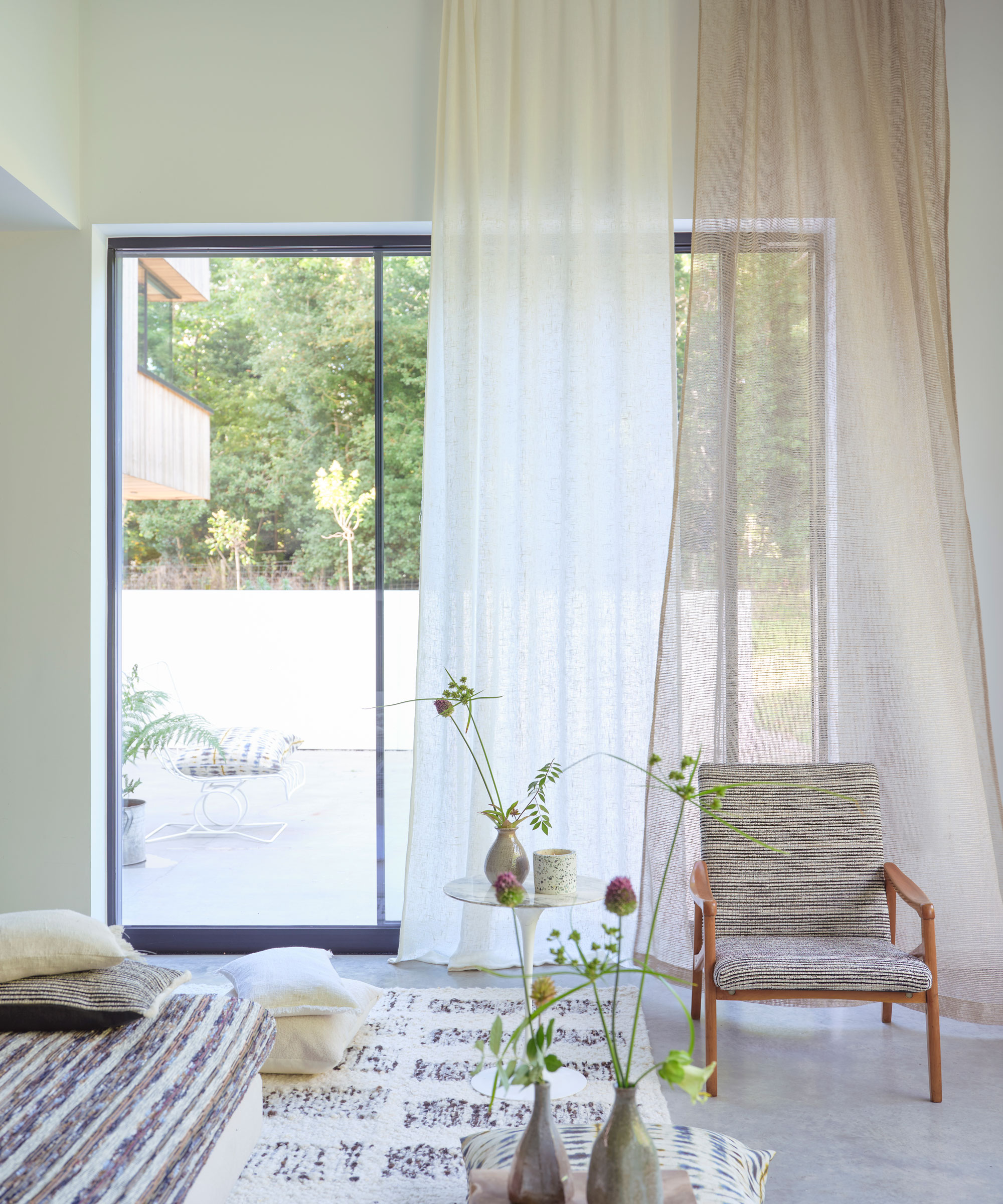
"Decluttering is not a one time event, but a continual practice and habit," says Katie. "Make a game out of it, challenging yourself to declutter five items per day for a month. Then, dig even deeper and try to find 10 things. You’ll be surprised how achievable (and fun) this can be."
Ashley also suggests getting into a decluttering routine for any room that fits your lifestyle, whether it's daily, weekly or monthly. "For example, you can establish a weekly pantry reset where you replenish food, discard expired items, and tidy up containers to keep the space organized," she notes.
Once you've blitzed your decluttering list, learn about the living room decluttering mistakes experts never make.
Join our newsletter
Get small space home decor ideas, celeb inspiration, DIY tips and more, straight to your inbox!
I'm deputy editor on Real Homes' sister site, Creative Bloq, which covers all things art and design. In a former life, I lived in Buenos Aires, Argentina, where I was deputy editor on Time Out Buenos Aires magazine. Reviewing hotels, restaurants and shops, I developed a love of quirky and stylish interiors.
Since moving back to the UK, I've worked for a variety of titles, including Woman & Home, graphic design title Computer Arts and traditional art magazine Paint & Draw.
I've recently moved in to a townhouse in Bristol, where I am slowly but surely redecorating and restyling every room.
-
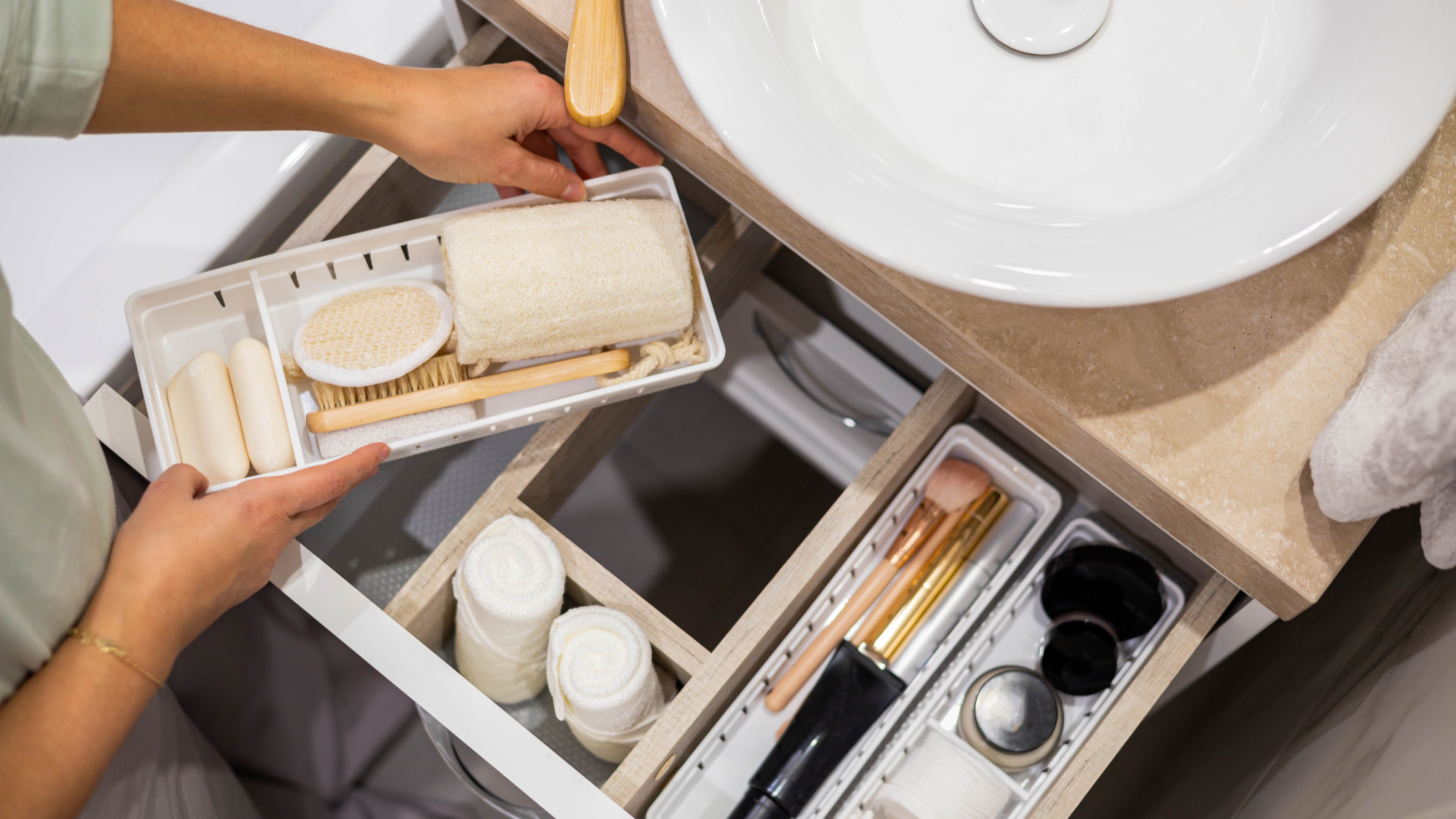 How to declutter small bathroom drawers — make the most of limited space with our expert guide
How to declutter small bathroom drawers — make the most of limited space with our expert guideWondering how to declutter small bathroom drawers? Our experts reveal the four simple steps to streamline your storage
By Andy van Terheyden
-
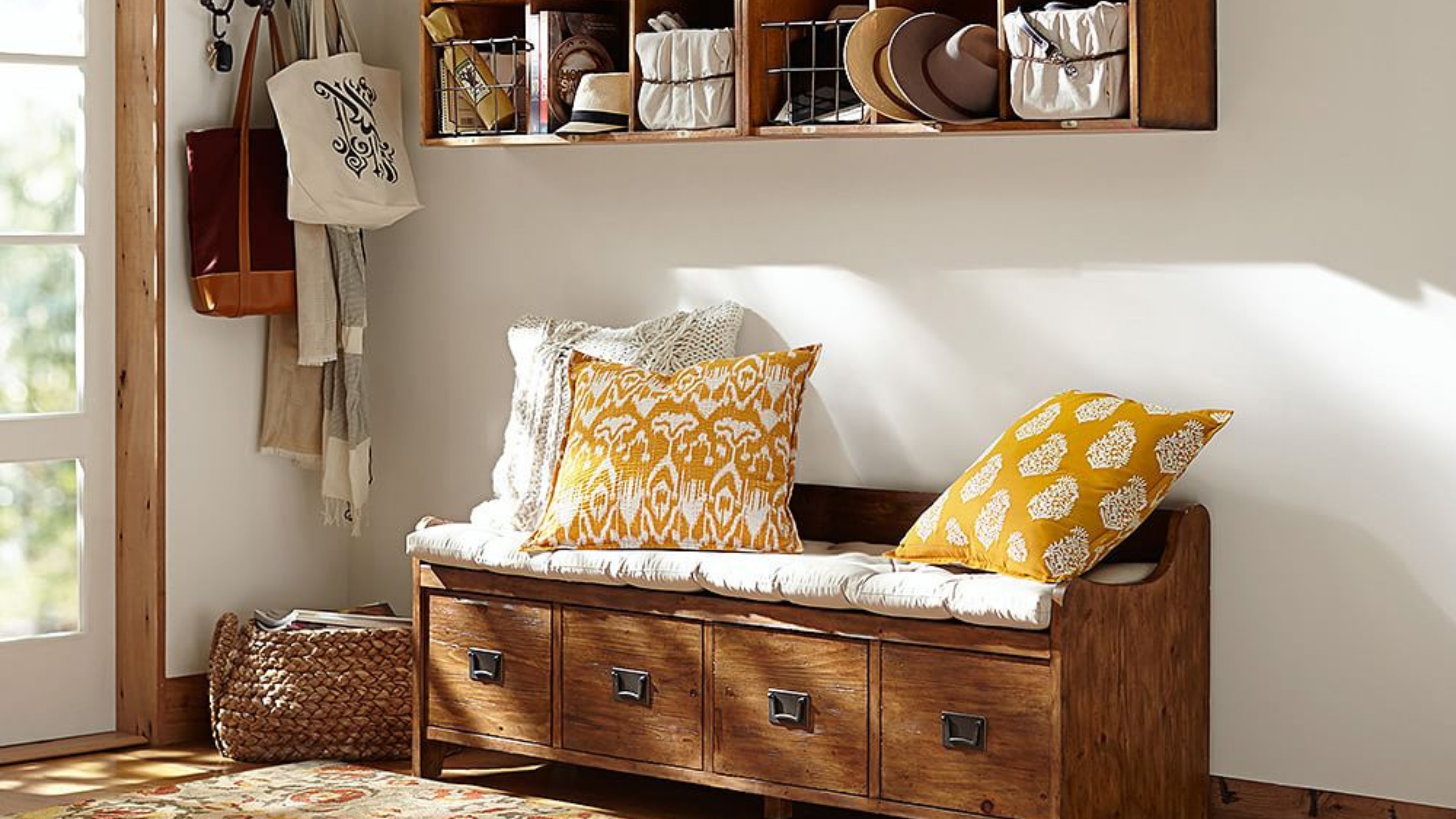 How to declutter a small entryway — 10 ideas from the experts
How to declutter a small entryway — 10 ideas from the expertsLearn how to declutter a small entryway to create a sense of calm as you welcome guests inside. See our experts' top decluttering tips and ideas
By Kate Santos
-
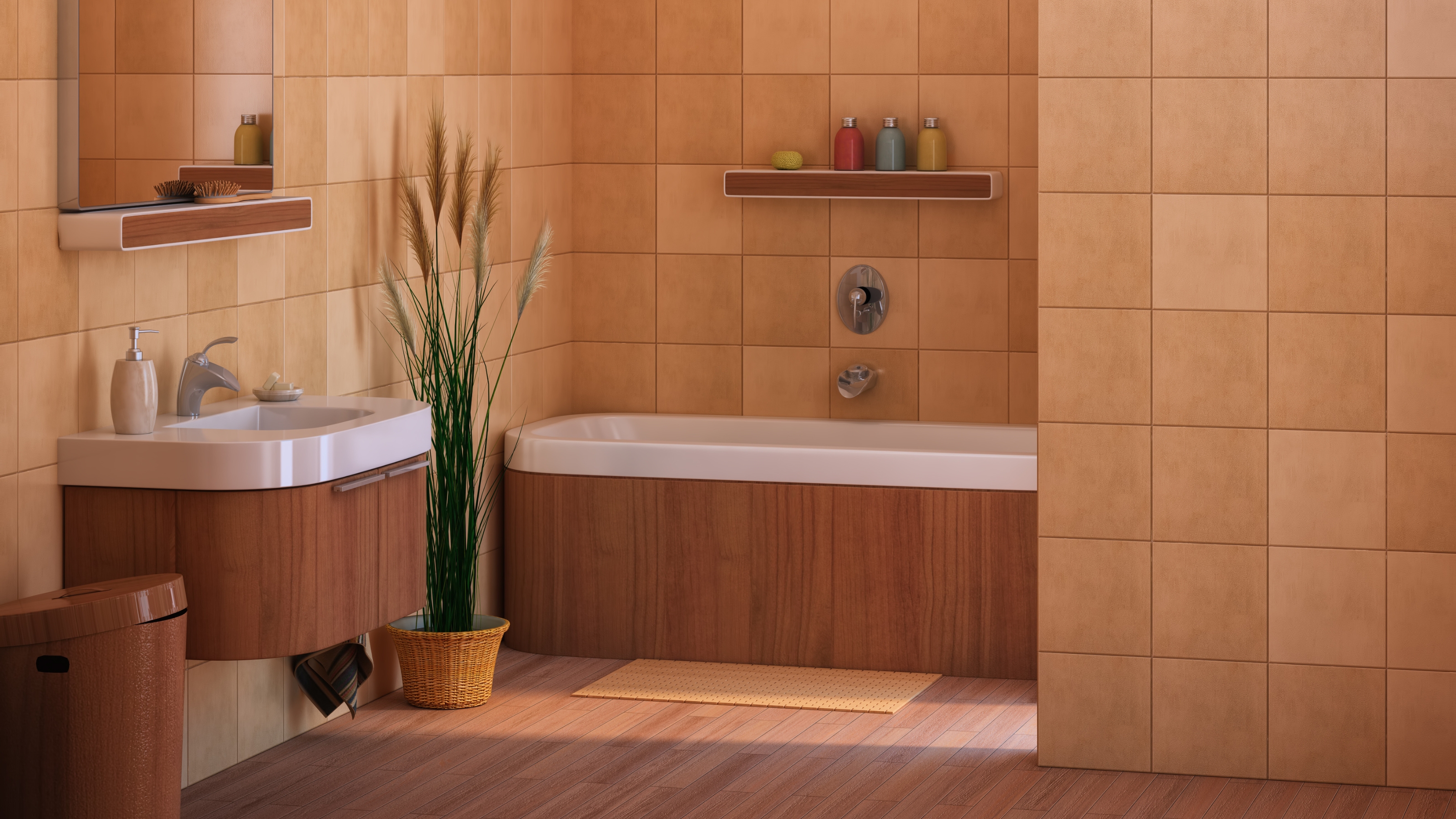 How to declutter a bathroom according to the experts
How to declutter a bathroom according to the expertsIf you're thinking about how to declutter a bathroom and make the most of the space you have, our professional organizers can help
By Beth Mahoney
-
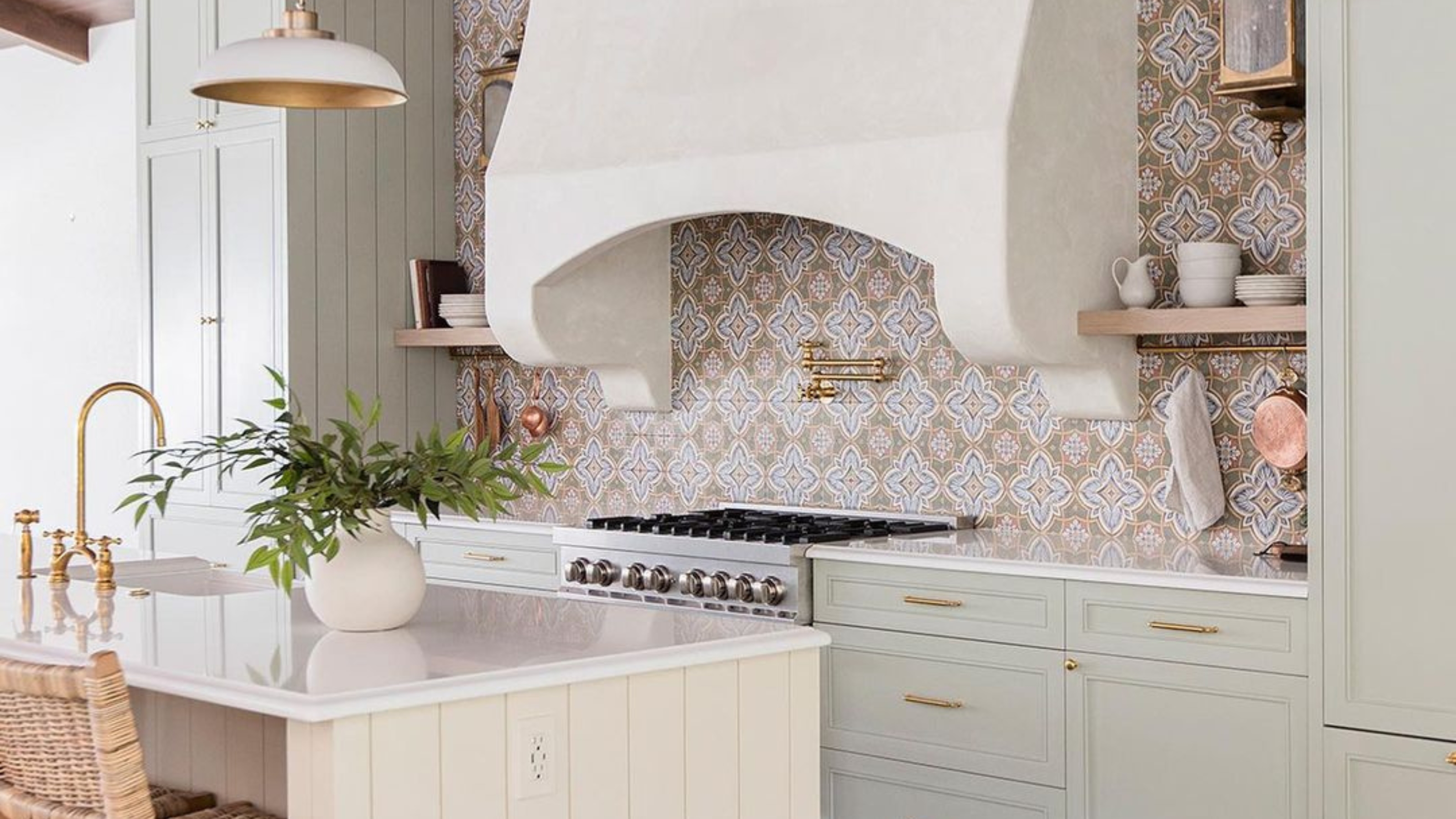 7 kitchen decluttering mistakes to avoid according to experts
7 kitchen decluttering mistakes to avoid according to expertsWe got the scoop on kitchen decluttering mistakes it's best to avoid, from properly clearing countertops, to using the right storage products
By Beth Mahoney
-
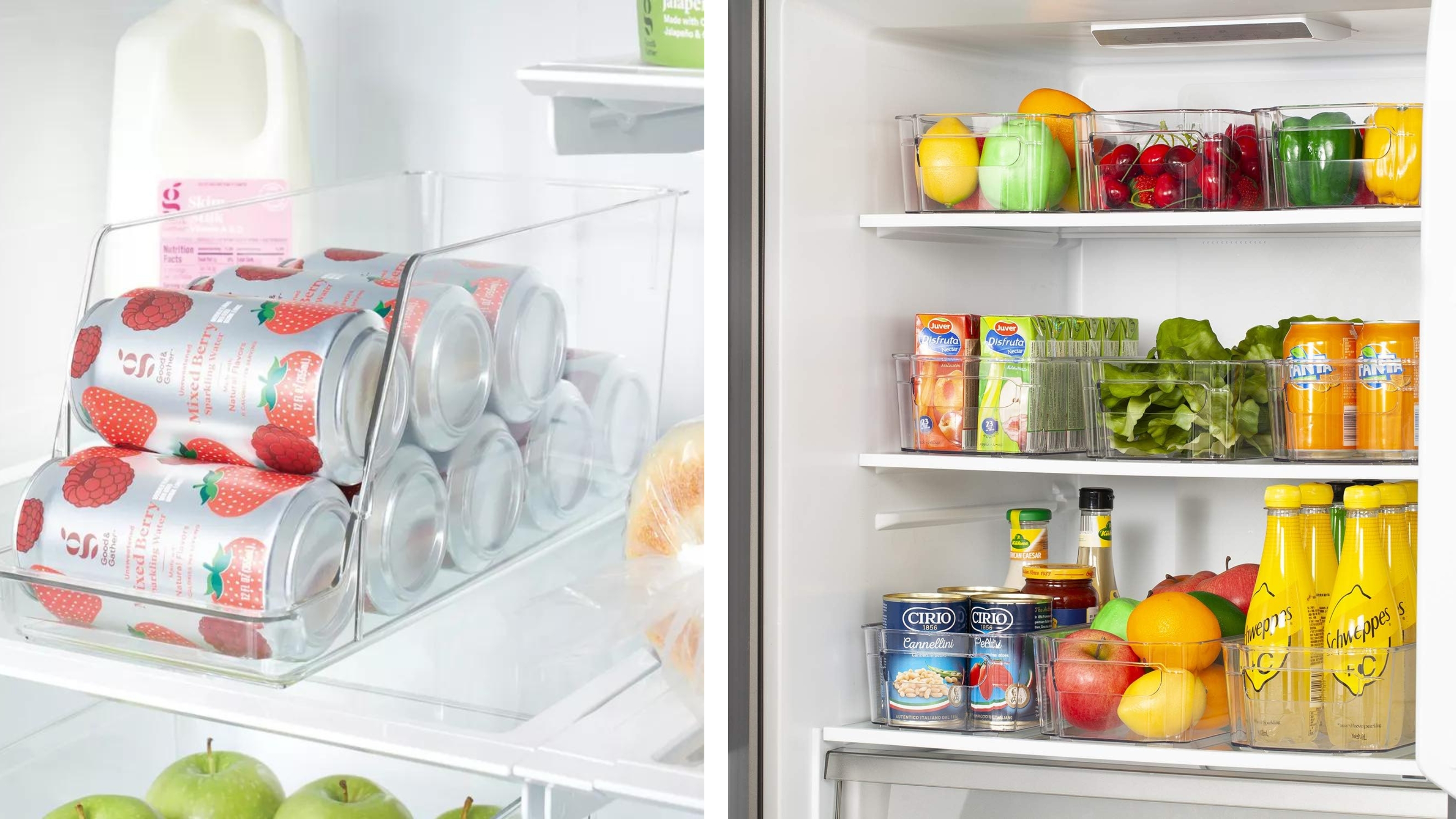 How to declutter a fridge like a professional organizer in 6 steps
How to declutter a fridge like a professional organizer in 6 stepsHere's how to declutter a fridge quickly and efficiently according to professional organizers and expert cleaners.
By Beth Mahoney
-
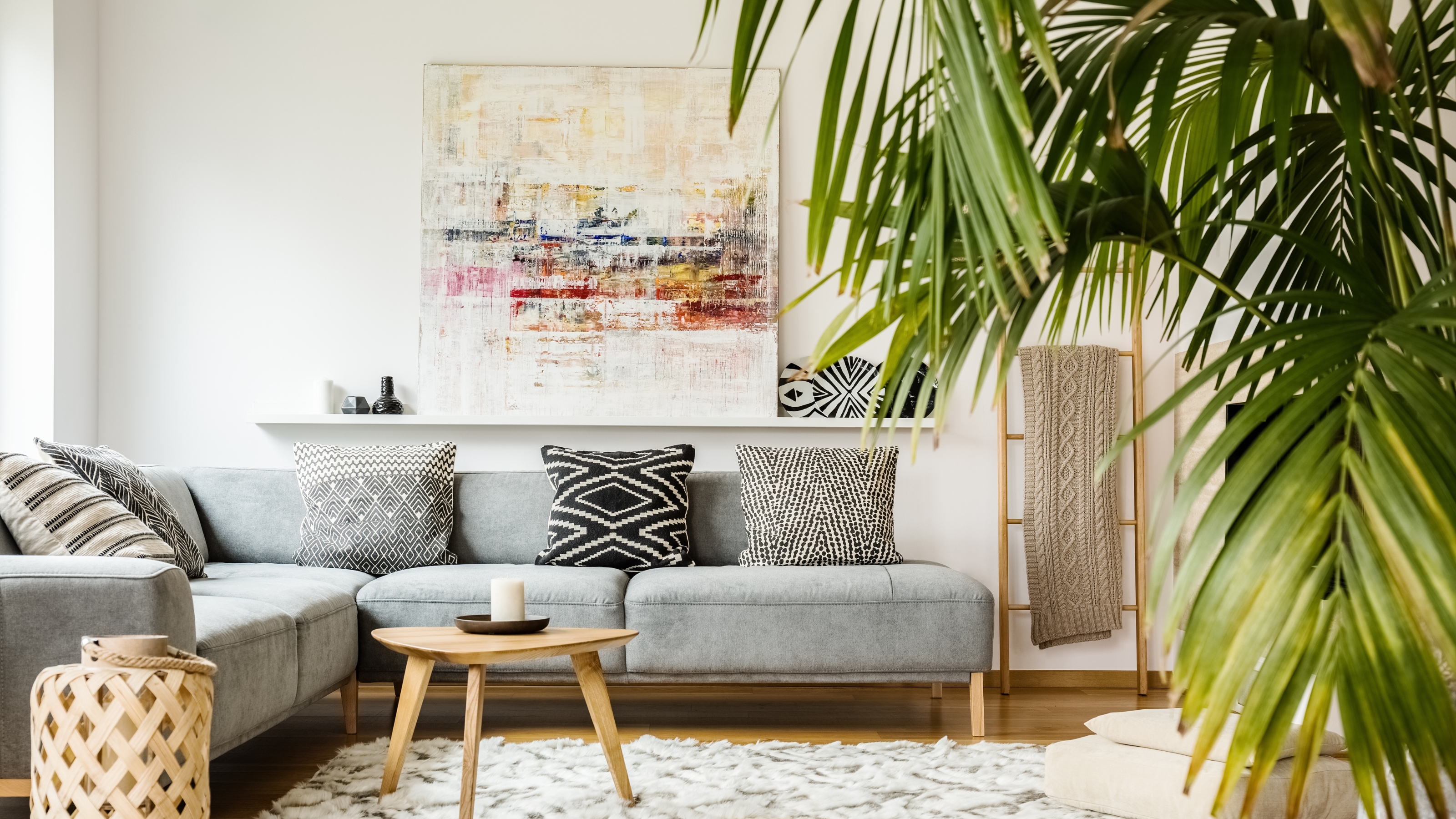 Living room decluttering mistakes experts never make
Living room decluttering mistakes experts never makeHere's what the experts say about which living room decluttering mistakes to avoid making when having a clear out
By Beth Mahoney
-
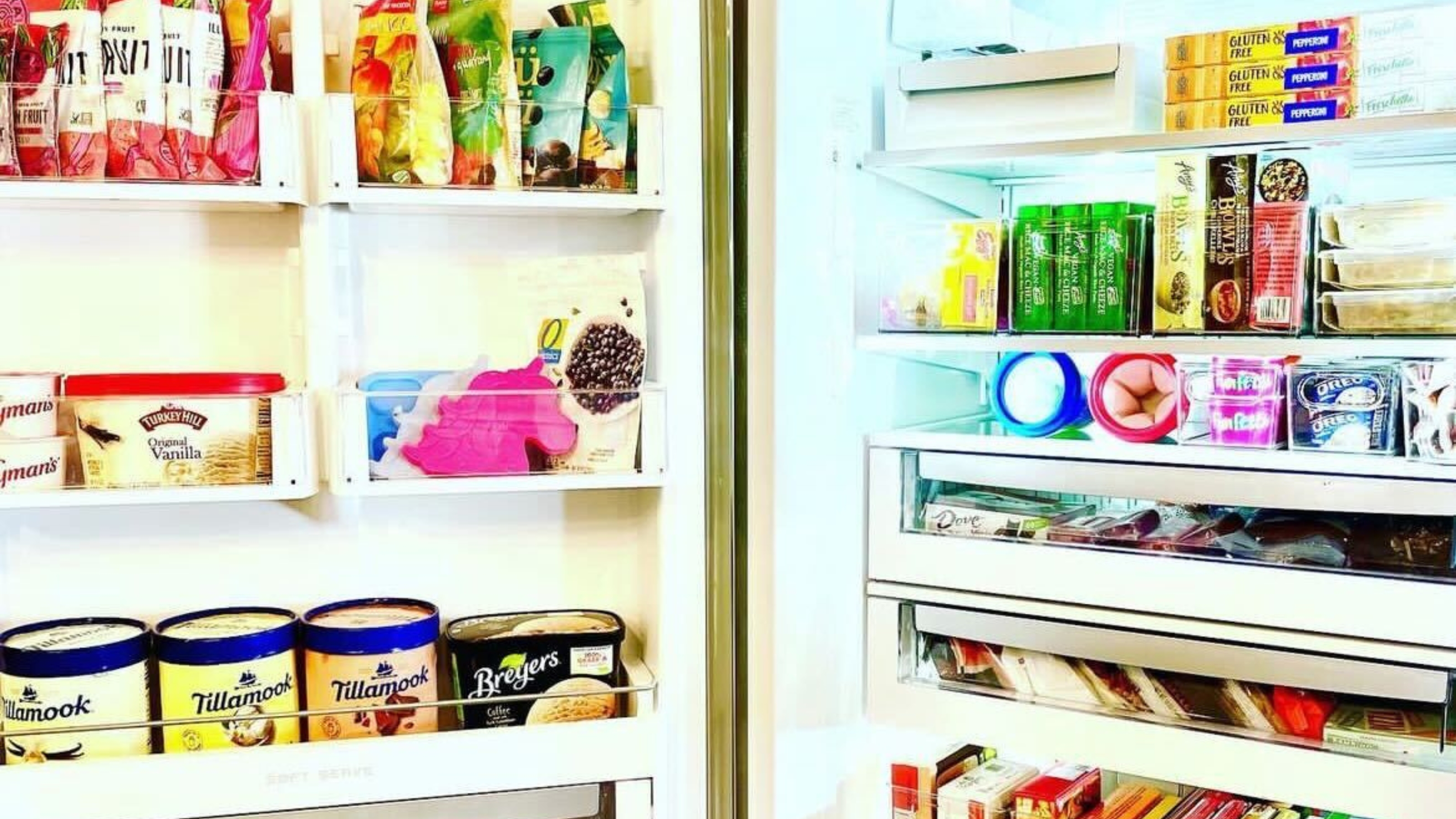 How to declutter a freezer in 6 simple steps
How to declutter a freezer in 6 simple stepsWondering how to declutter a freezer and make space for bulk shopping and freezing? Our professional organizers share their expert processes
By Beth Mahoney
-
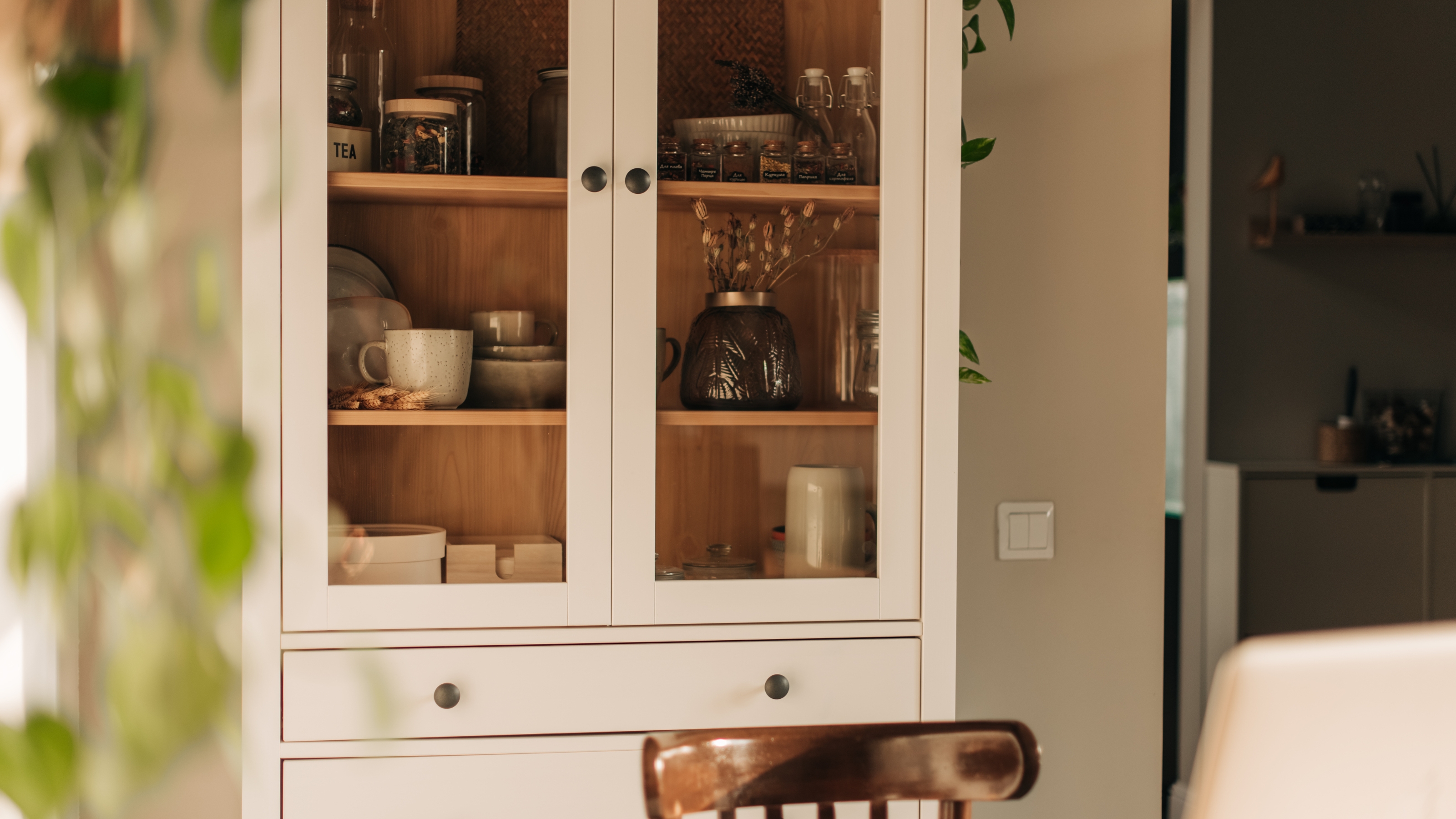 How to declutter kitchen cabinets — 6 expert tidying tips
How to declutter kitchen cabinets — 6 expert tidying tipsWhen working out how to declutter kitchen cabinets quickly, our professional organizers have expert advice to get you swiftly on your way to clutter-free bliss
By Beth Mahoney